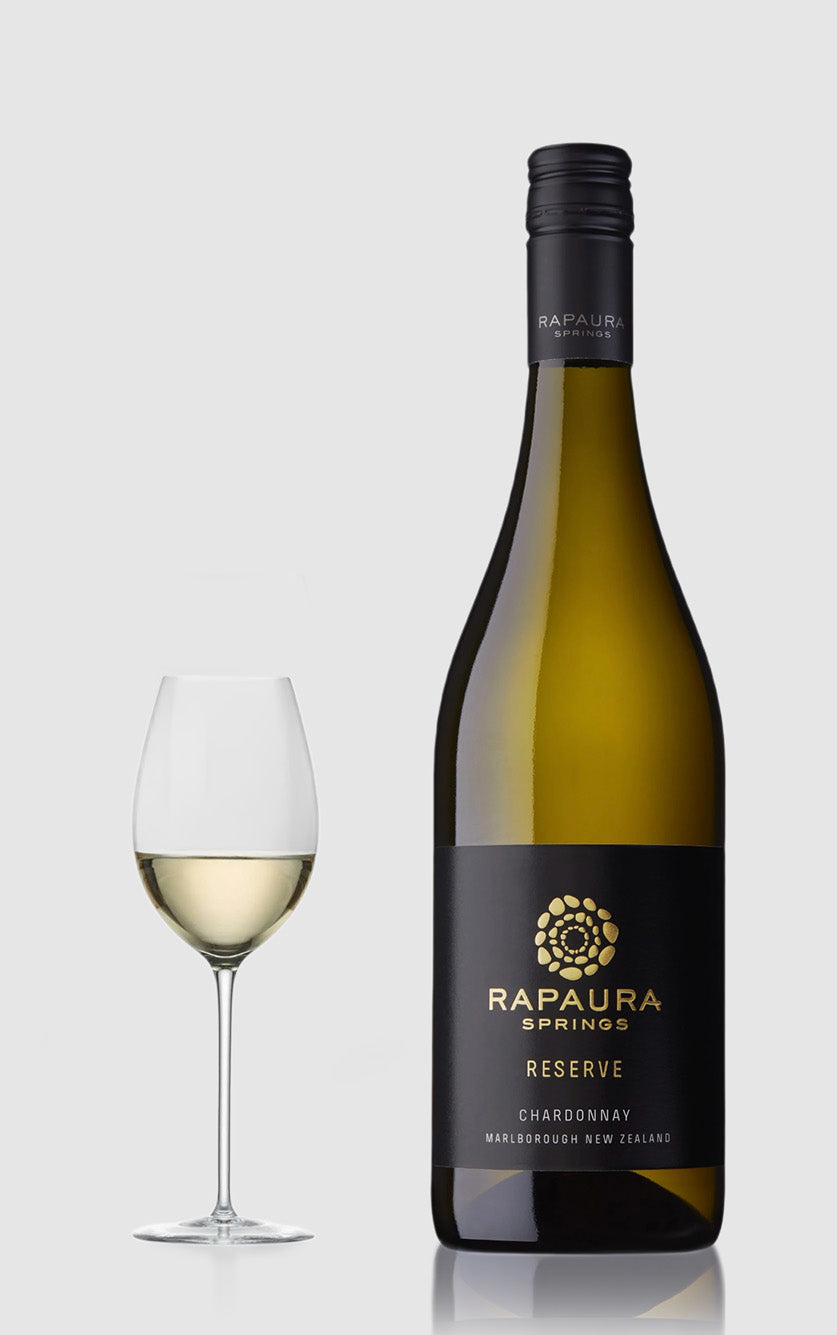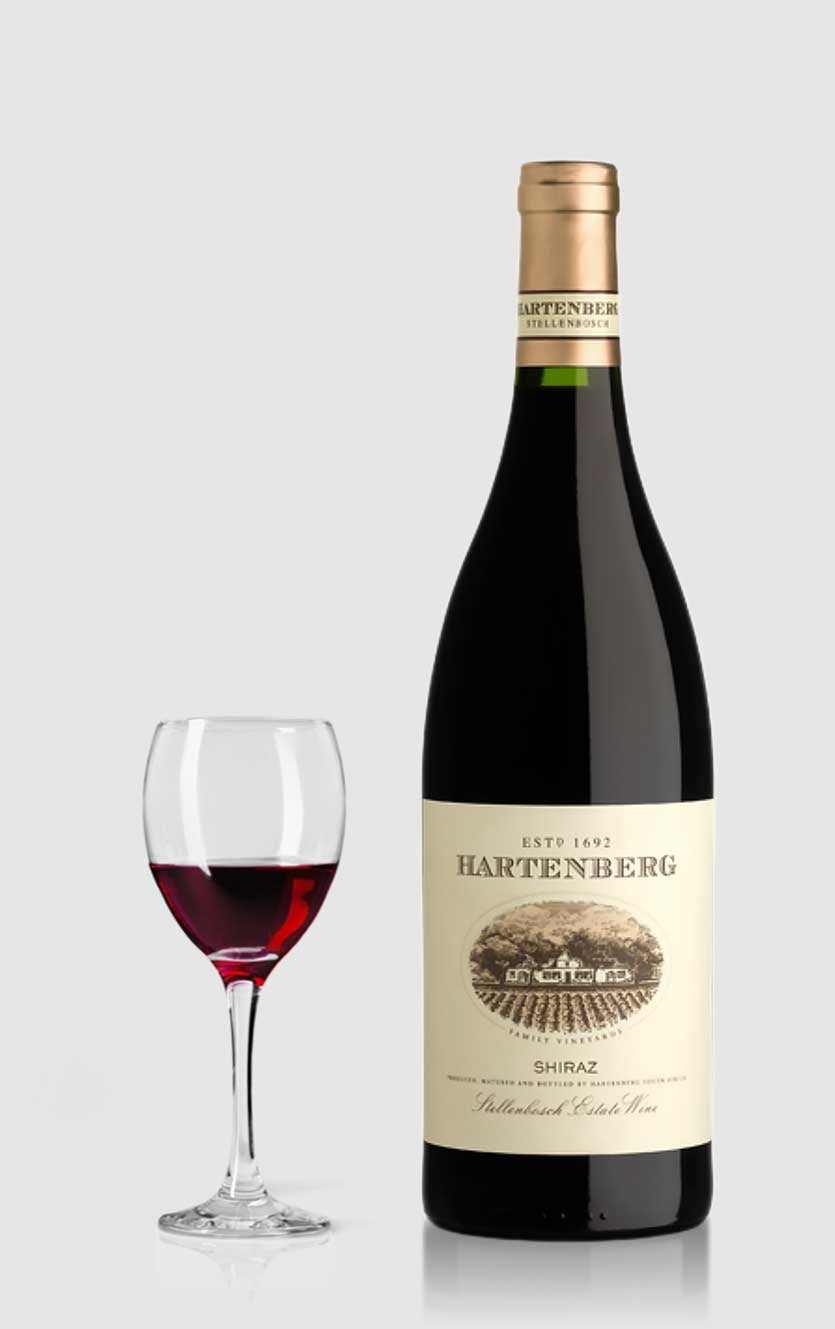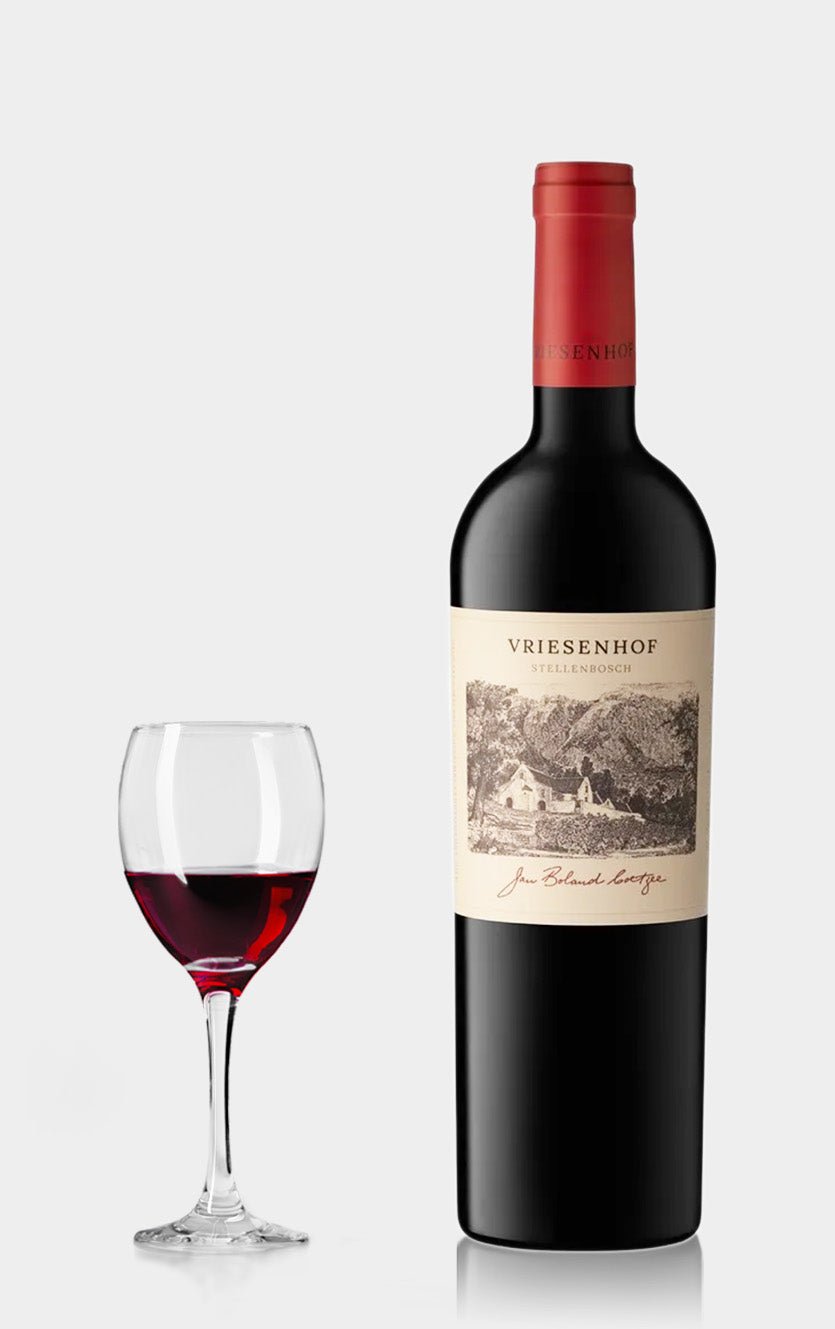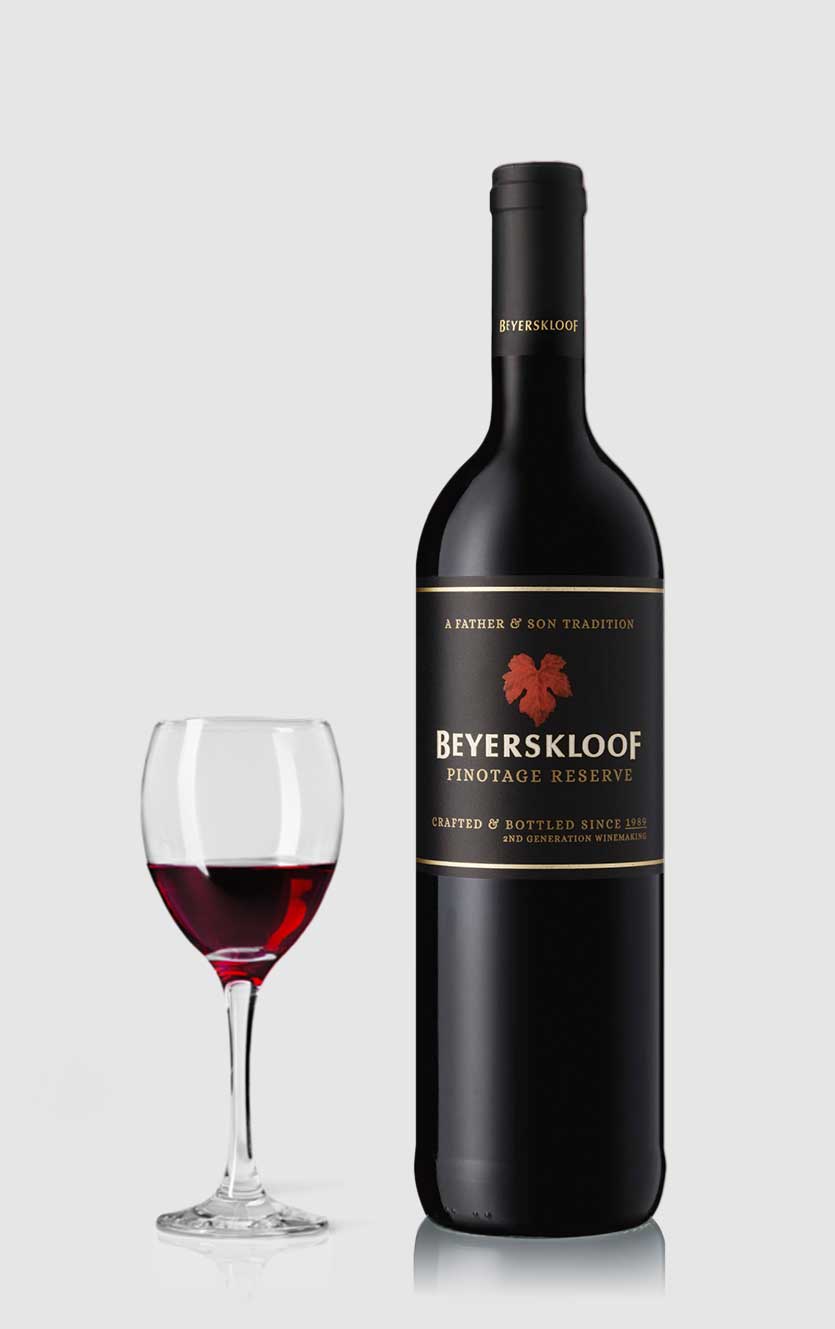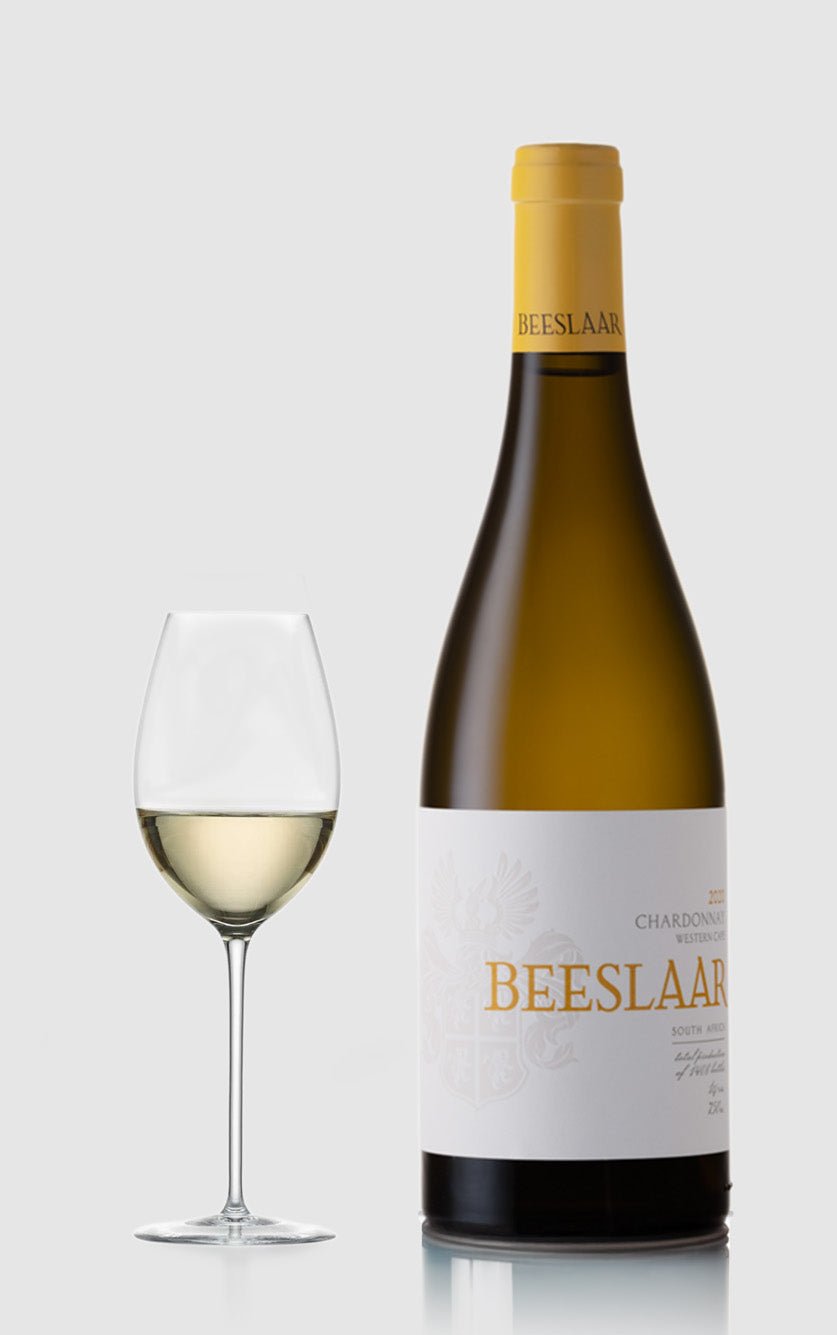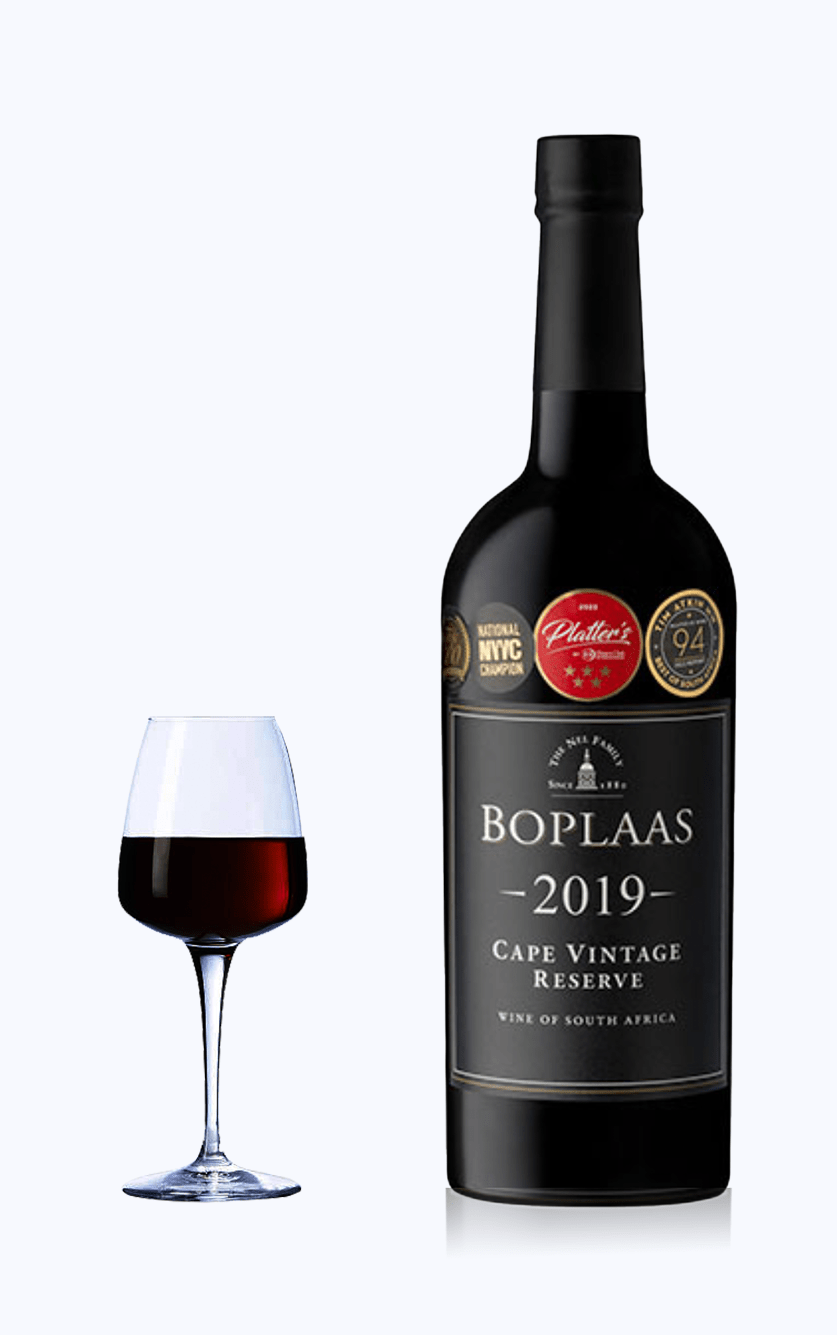Wine from South Africa
At DH Wines we are experts in South African wine. We always have more than 180 South African wines in stock! Here you get:
-
Value for money
South African wines offer exceptional value for money. Due to favourable production conditions and the exchange rate, quality wines can be accessed at a significantly lower price than comparable European and American wines. This provides the opportunity to experience South Africa’s top wines – including Cabernet Sauvignon and sophisticated Bordeaux blends – at a price that is accessible to many wine lovers.
-
Quality
South Africa has a strong wine tradition and an ideal climate, creating optimal conditions for world-class wine. The region excels in Cabernet Sauvignon and Bordeaux blends, which deliver intensity and elegance and often receive international acclaim. South Africa’s unique climate also allows classic grapes such as Pinot Noir and Chardonnay to thrive wonderfully, while signature grapes Chenin Blanc and Pinotage add an authentic South African dimension.
-
Sustainability
Many South African wine producers prioritize sustainability and social responsibility, with several wineries engaging in initiatives that support the local community and the environment. When you choose South African wine, you often help support responsible production and contribute to the producers' efforts to create positive, social and environmental change.
Here you get a lot for your money
-
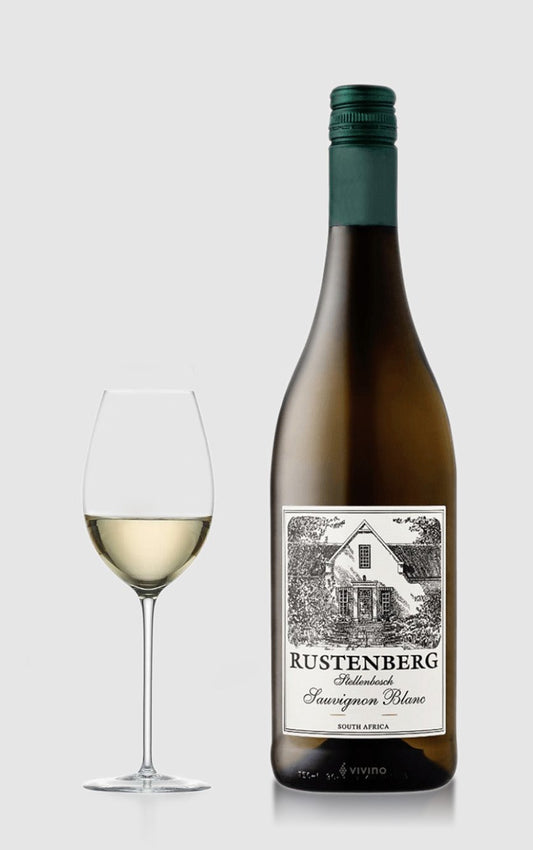 ★ 93 – James Suckling★ 92 – DH Wines★ 3.8 – Vivino
★ 93 – James Suckling★ 92 – DH Wines★ 3.8 – VivinoRustenberg Sauvignon Blanc 2022
-22% rabatRegular price 139,00 DKKRegular priceUnit price / per179,00 DKKSale price 139,00 DKKSale -
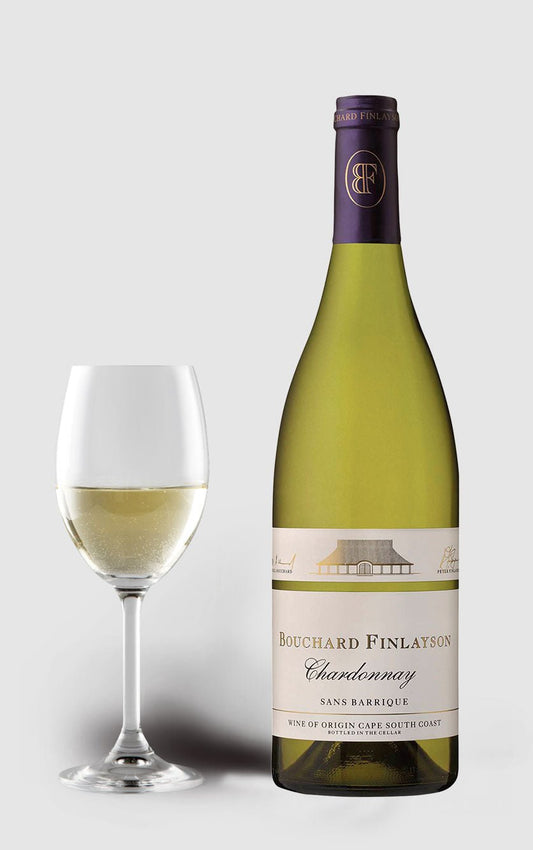 ★ 94 – James Suckling★ 93 – Decanter★ 90 – Wine Enthusiast★ 90 – Robert Parker★ 88 – DH Wines★ 4.1 – Vivino
★ 94 – James Suckling★ 93 – Decanter★ 90 – Wine Enthusiast★ 90 – Robert Parker★ 88 – DH Wines★ 4.1 – VivinoBouchard Finlayson, Chardonnay Sans Barrique 2019
-20% rabatRegular price 119,00 DKKRegular priceUnit price / per149,00 DKKSale price 119,00 DKKSale -
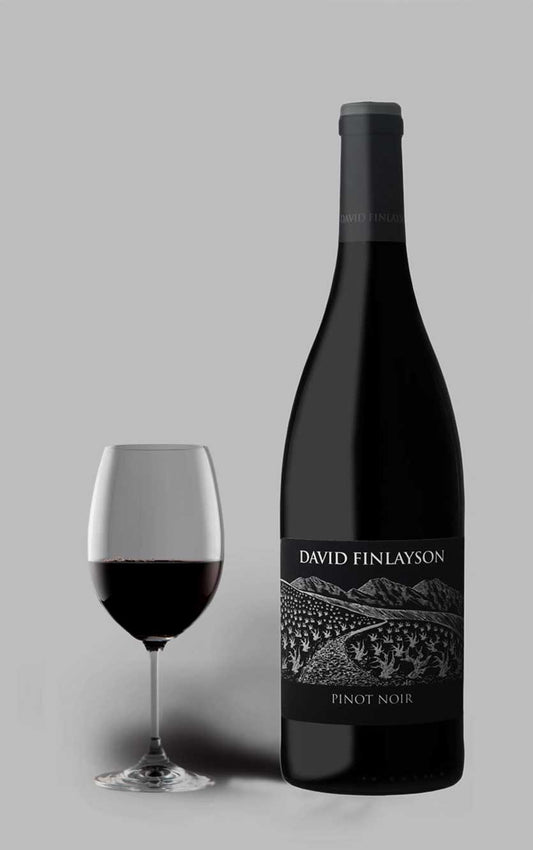 ★ 92 – DH Wines★ 3.8 – Vivino
★ 92 – DH Wines★ 3.8 – VivinoDavid Finlayson Pinot Noir 2022
-18% rabatRegular price 129,00 DKKRegular priceUnit price / per159,00 DKKSale price 129,00 DKKSale -
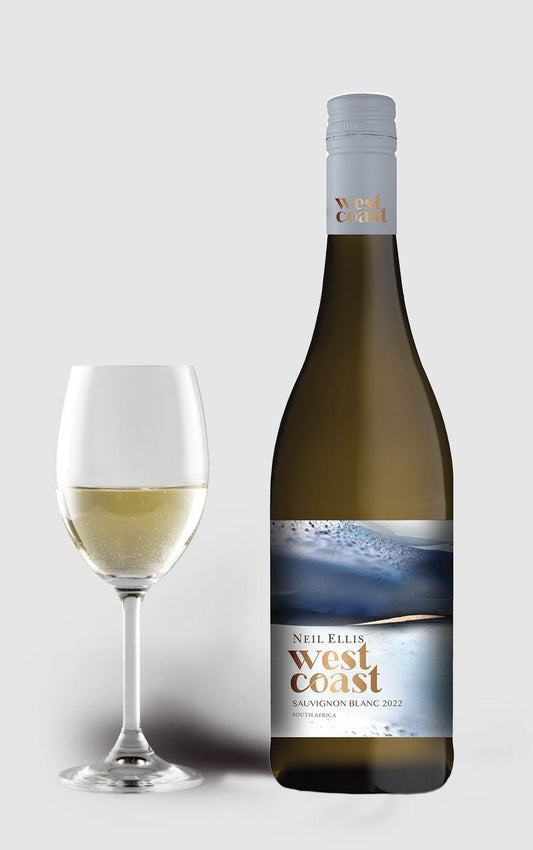 ★ 89 – DH Wines★ 4.0 – Vivino
★ 89 – DH Wines★ 4.0 – VivinoNeil Ellis West Coast Sauvignon Blanc 2024
-14% rabatRegular price 119,00 DKKRegular priceUnit price / per139,00 DKKSale price 119,00 DKKSale -
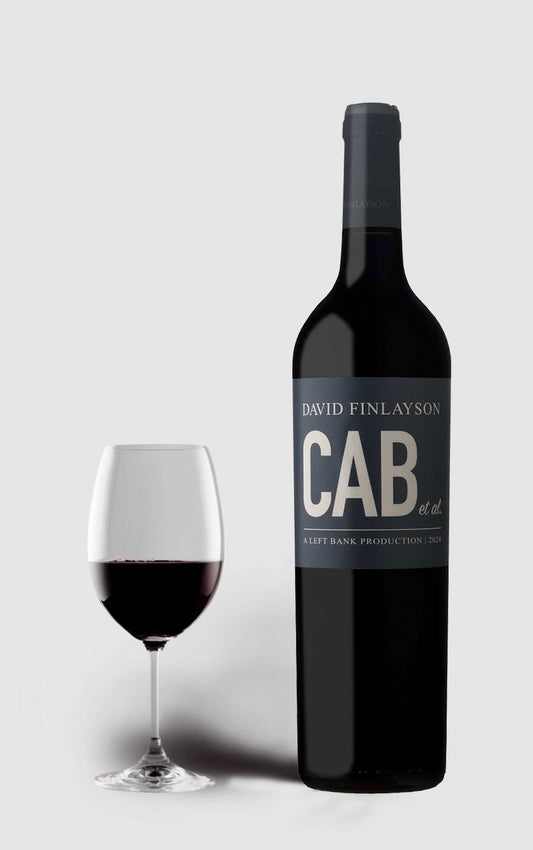 ★ 92 – James Suckling★ 91 – DH Wines★ 90 – Wine Enthusiast★ 3.9 – VivinoSold out
★ 92 – James Suckling★ 91 – DH Wines★ 90 – Wine Enthusiast★ 3.9 – VivinoSold outDavid Finlayson Cab et al 2020
Regular price 99,00 DKKRegular priceUnit price / per129,00 DKKSale price 99,00 DKKSold out -
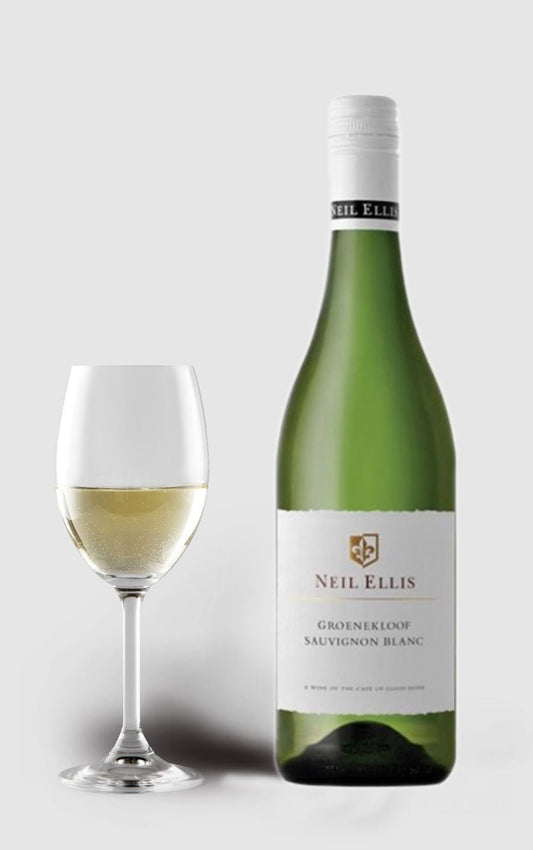 ★ 92 – James Suckling★ 90 – Wine Enthusiast★ 90 – Robert Parker★ 90 – DH Wines★ 3.8 – Vivino
★ 92 – James Suckling★ 90 – Wine Enthusiast★ 90 – Robert Parker★ 90 – DH Wines★ 3.8 – VivinoNeil Ellis Sauvignon Blanc Groenekloof 2021
-16% rabatRegular price 149,00 DKKRegular priceUnit price / per179,00 DKKSale price 149,00 DKKSale -
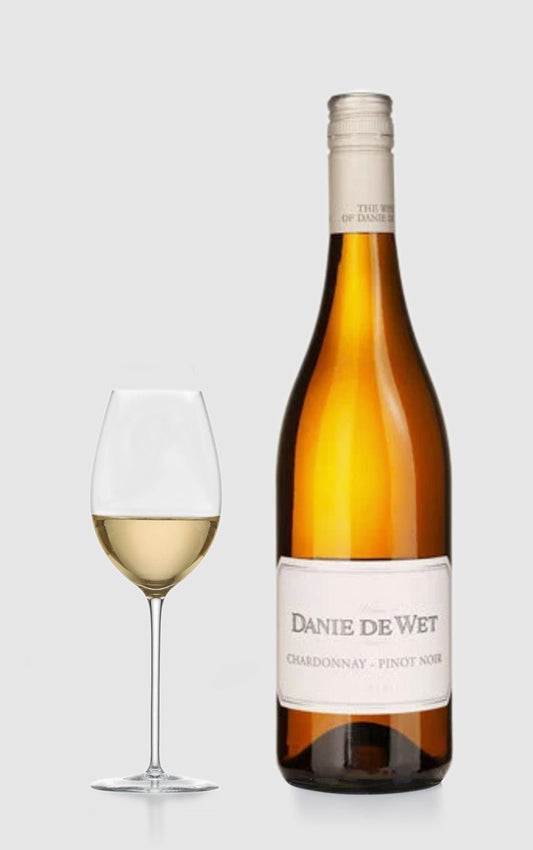 ★ 92 – DH Wines★ 3.8 – Vivino
★ 92 – DH Wines★ 3.8 – VivinoDe Wetshof Estate 'Danie de Wet' Chardonnay-Pinot Noir 2023
-16% rabatRegular price 149,00 DKKRegular priceUnit price / per179,00 DKKSale price 149,00 DKKSale -
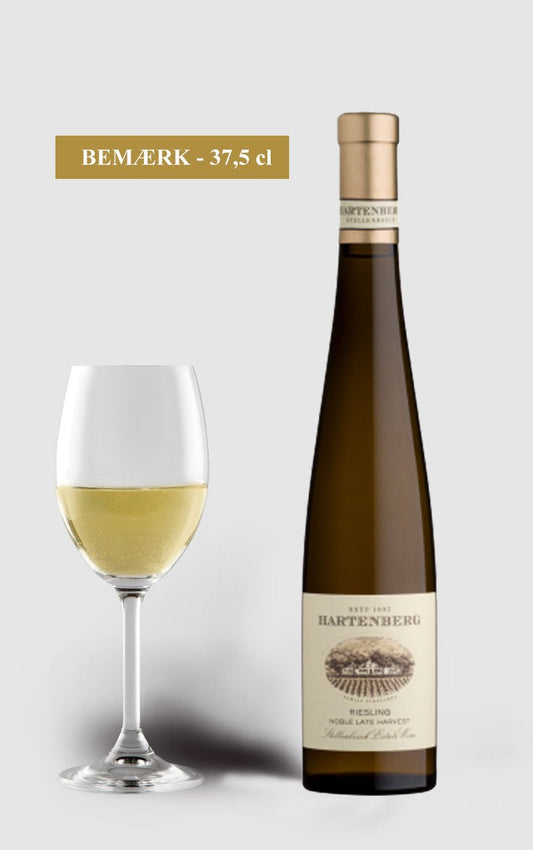 ★ 91 – DH Wines★ 4.4 – Vivino
★ 91 – DH Wines★ 4.4 – VivinoHartenberg Riesling Noble Late Harvest 2020
-11% rabatRegular price 149,00 DKKRegular priceUnit price / per169,00 DKKSale price 149,00 DKKSale -
 ★ 91 – James Suckling★ 89 – DH Wines★ 3.9 – Vivino
★ 91 – James Suckling★ 89 – DH Wines★ 3.9 – VivinoHartenberg Riesling Dry 2020, South Africa
-16% rabatRegular price 149,00 DKKRegular priceUnit price / per179,00 DKKSale price 149,00 DKKSale -
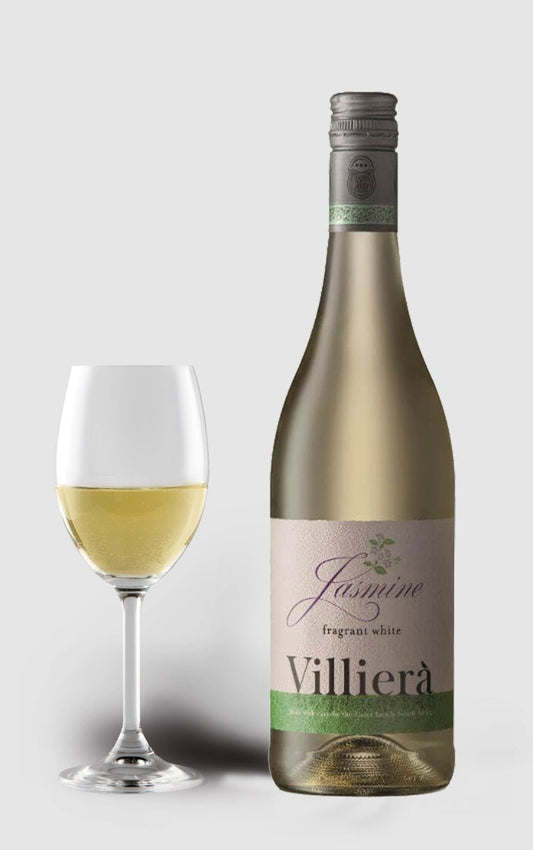 ★ 88 – DH Wines★ 4.2 – Vivino
★ 88 – DH Wines★ 4.2 – VivinoVilliera Jasmine Stellenbosch 2023
-14% rabatRegular price 119,00 DKKRegular priceUnit price / per139,00 DKKSale price 119,00 DKKSale
Producers from South Africa
-
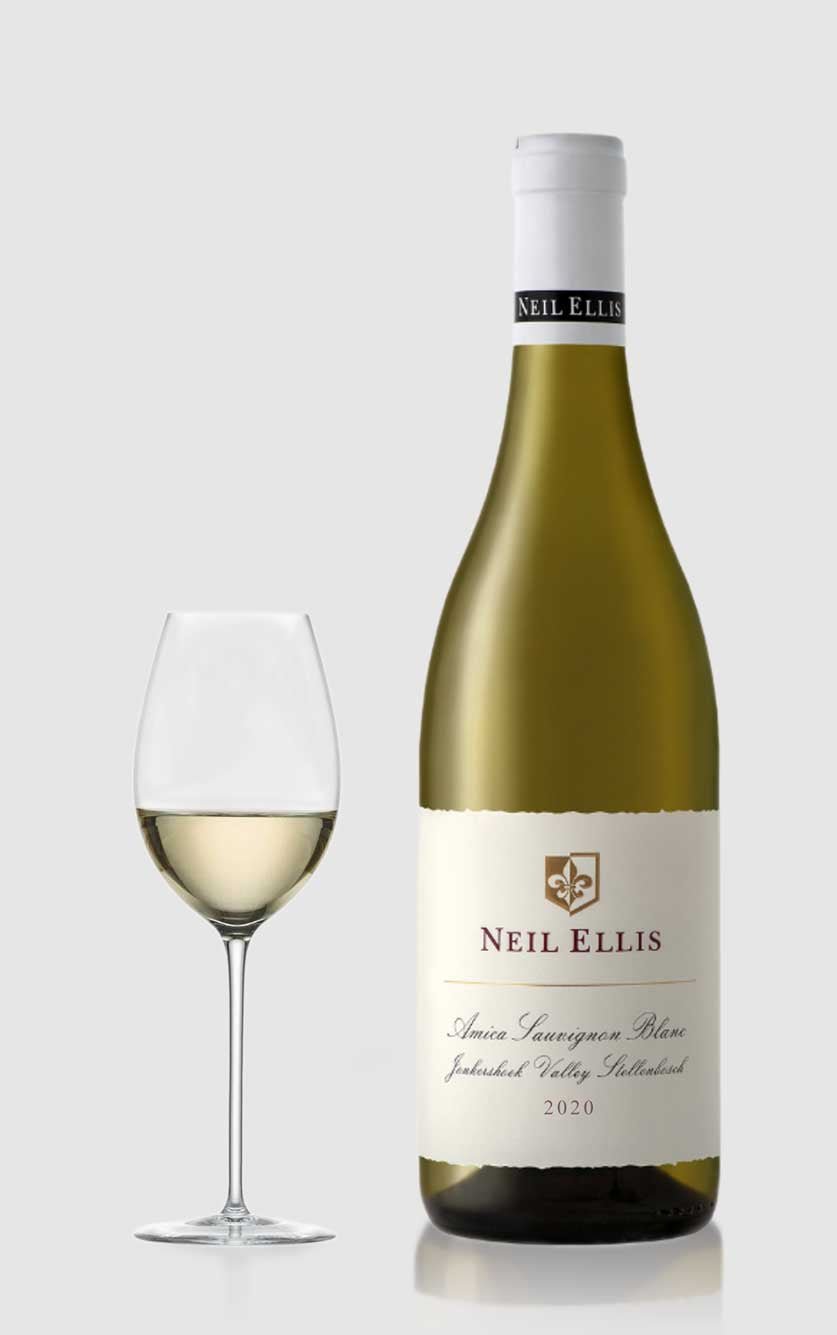
Neil Ellis White Wine
Neil Ellis White Wine – Elegance, minerality and terroir Neil Ellis is...
-
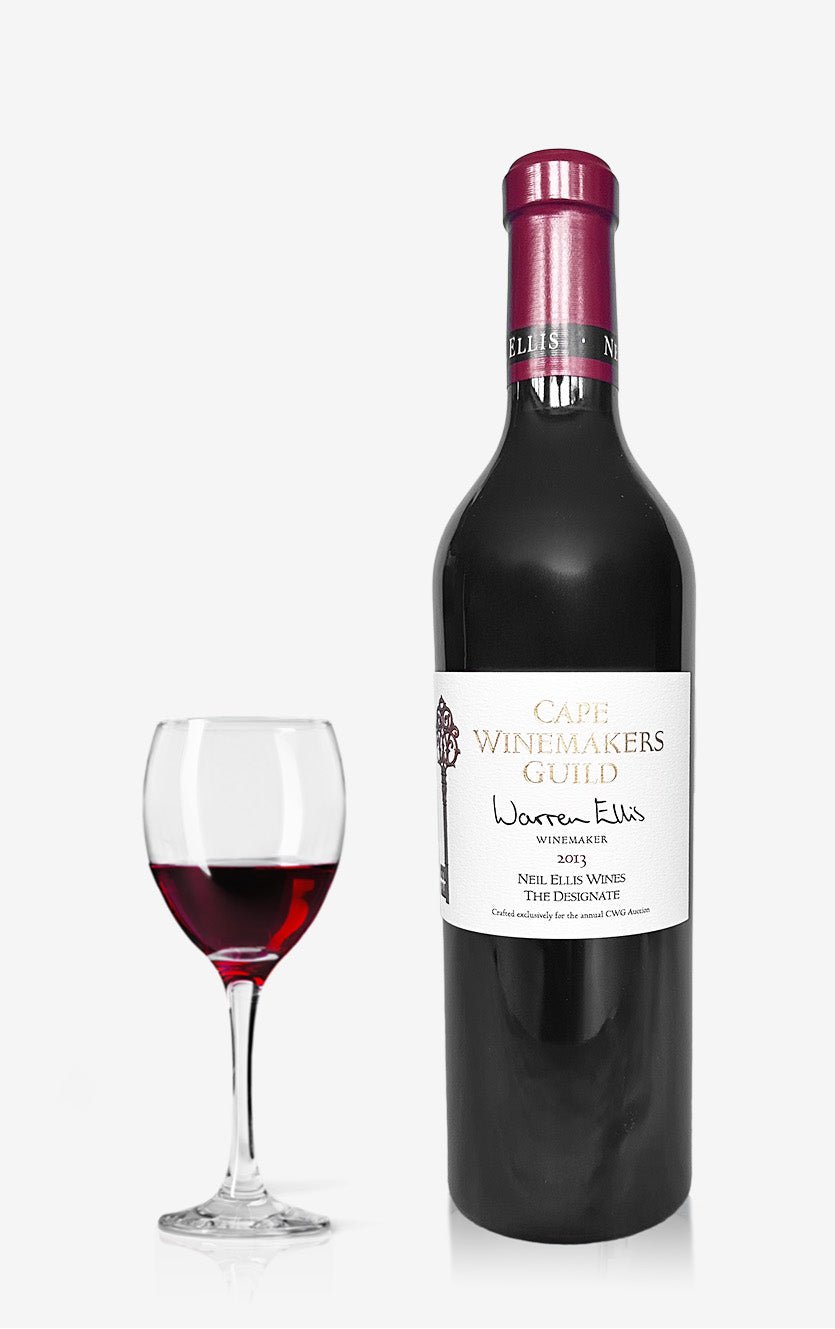
Neil Ellis Red Wine
Neil Ellis Red Wine – South African precision with a focus on...
-
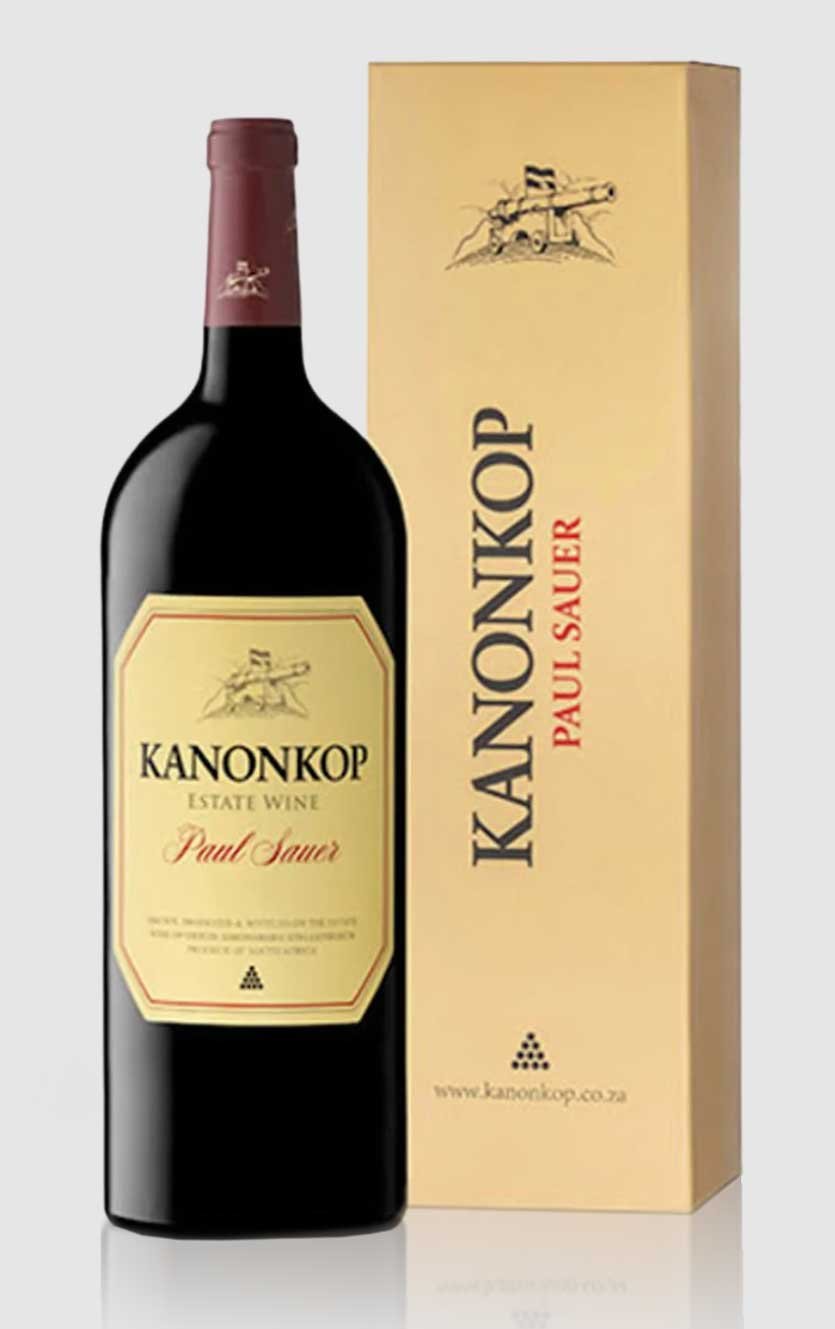
Cannon cup
Kanonkop – South African icon and Pinotage champion Kanonkop Estate in Stellenbosch...
-

Bouchard Finlayson
Bouchard Finlayson – South African wine with French finesse Bouchard Finlayson is...
-

Erika Obermeyer White wine
Erika Obermeyer White Wine – South African precision and world-class freshness Erika...
-
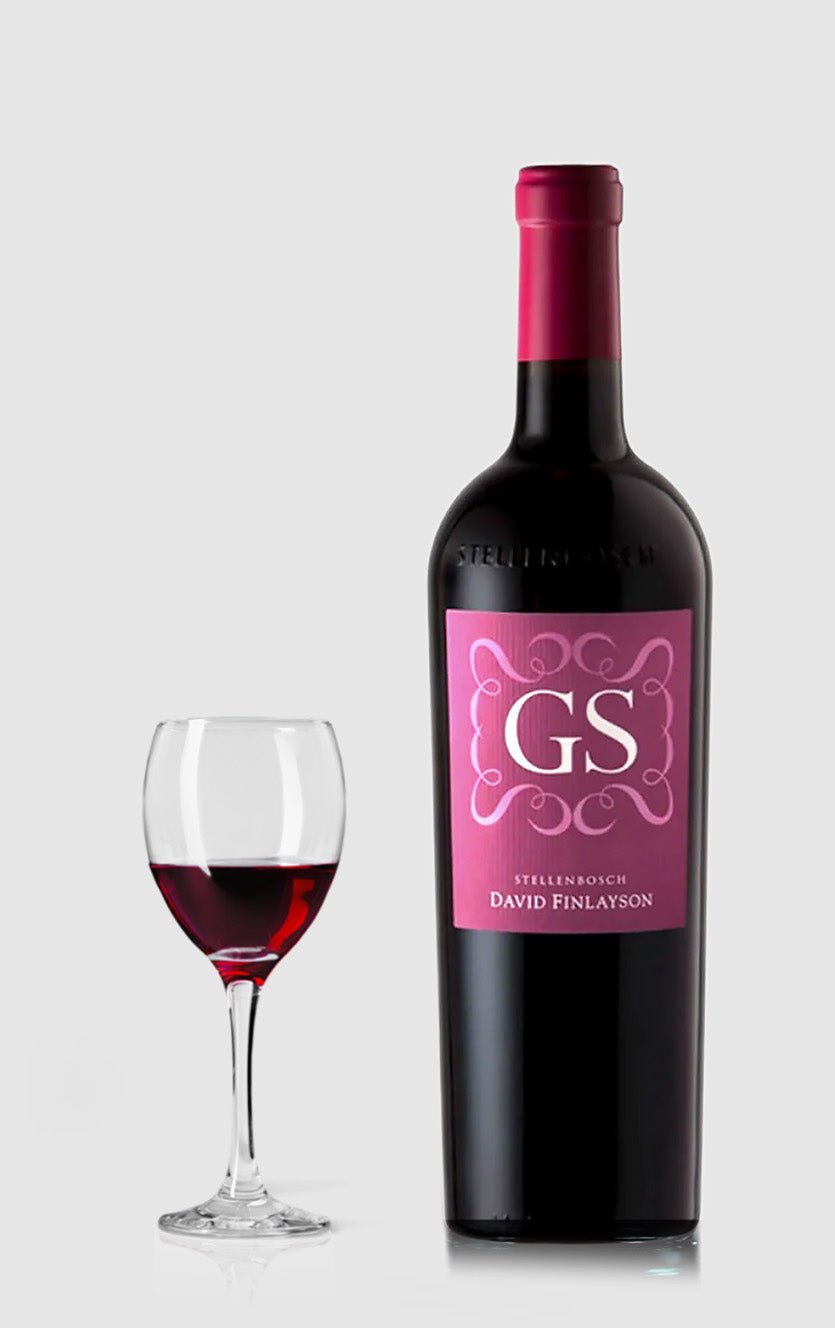
David Finlayson Red Wine
David Finlayson Red Wine – South African class with European finesse David...
-
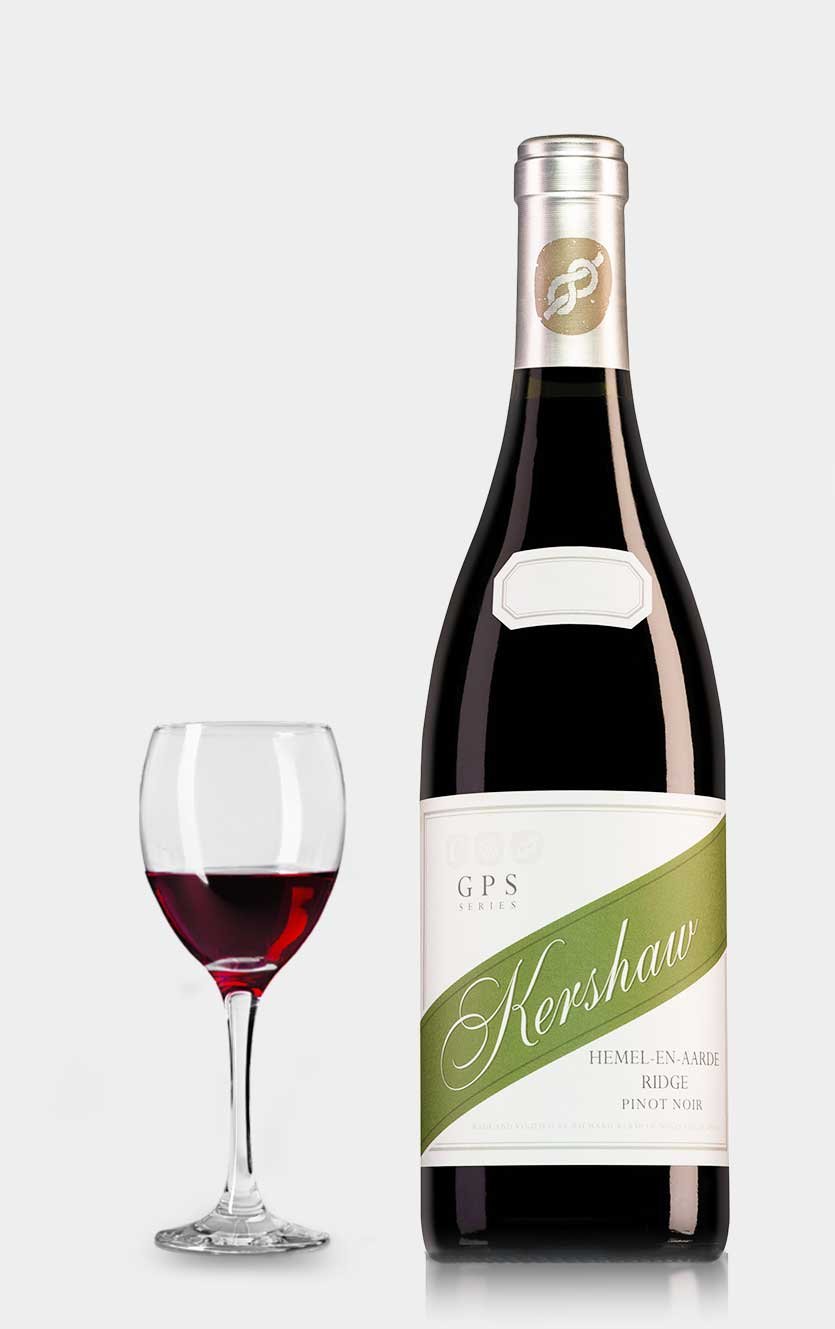
Richard Kershaw
DH Wines - Discover Richard Kershaw Wines Explore a world of extraordinary...
-
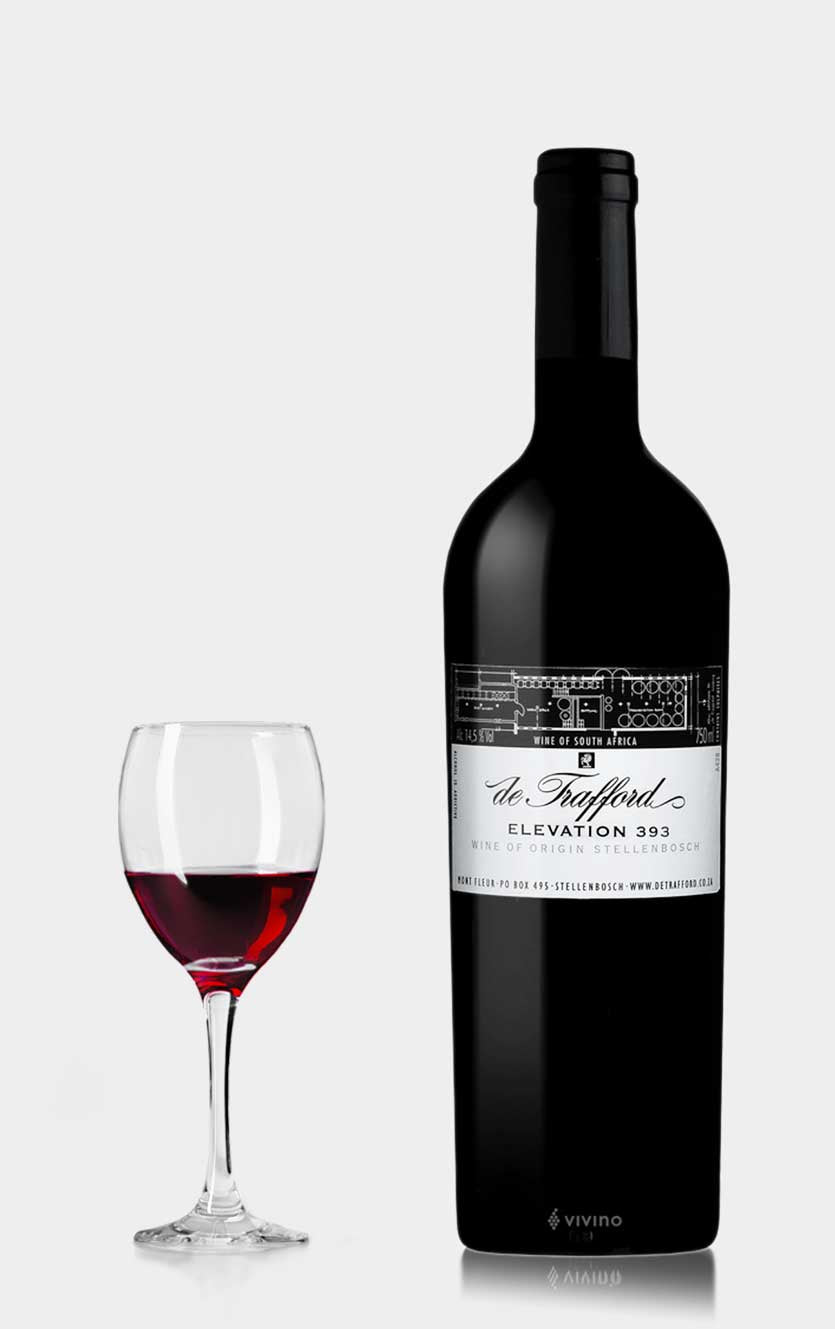
The Trafford
De Trafford – South African wine with edge, character and precision De...
All South African wines
-
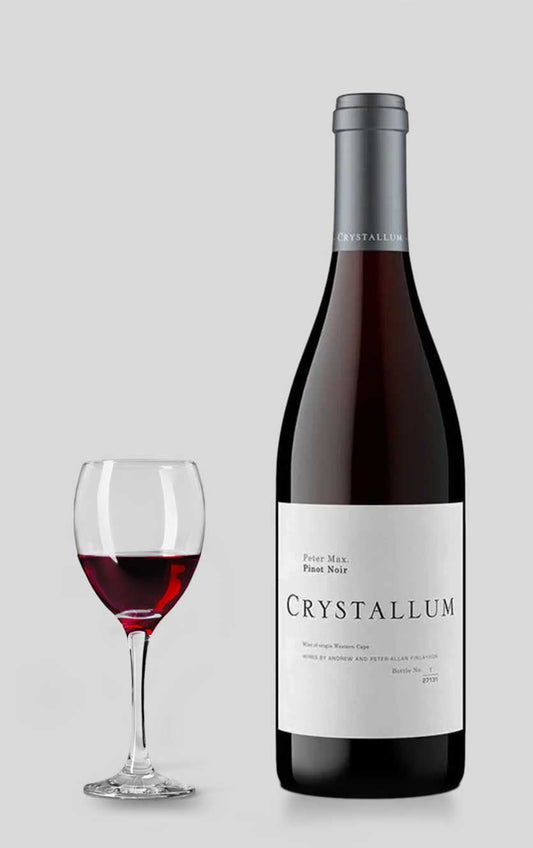 ★ 94 – DH Wines★ 4.0 – Vivino
★ 94 – DH Wines★ 4.0 – VivinoPeter Max, Pinot Noir Crystallum, Walker Bay 2024
Regular price 249,00 DKKRegular priceUnit price / per0,00 DKKSale price 249,00 DKK -
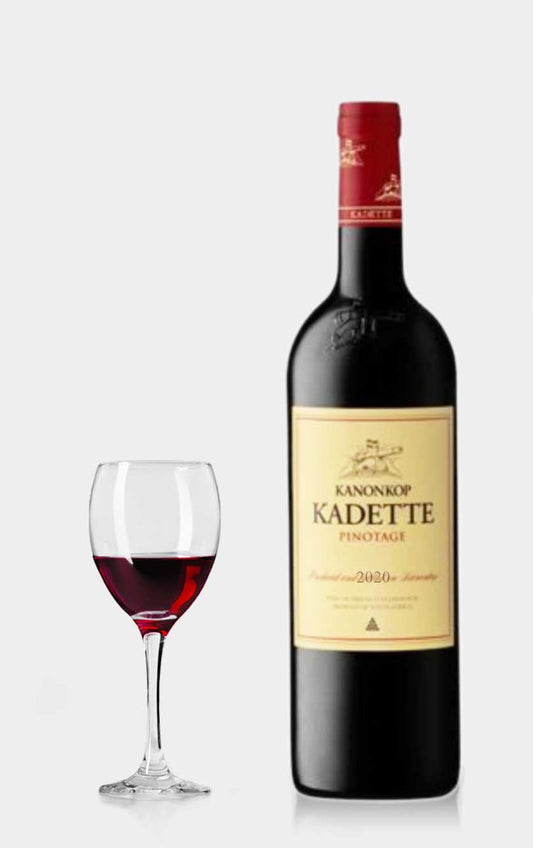 ★ 92 – James Suckling★ 90 – Decanter★ 89 – DH Wines★ 4.0 – Vivino
★ 92 – James Suckling★ 90 – Decanter★ 89 – DH Wines★ 4.0 – VivinoKanonkop Kadette Pinotage 2023
Regular price 169,00 DKKRegular priceUnit price / per0,00 DKKSale price 169,00 DKK -
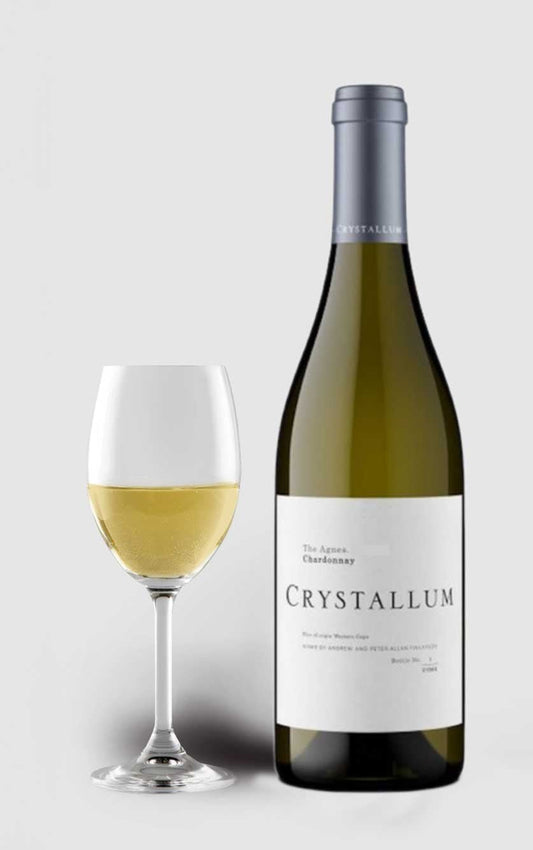 ★ 93 – DH Wines★ 4.0 – Vivino
★ 93 – DH Wines★ 4.0 – VivinoThe Agnes, Crystallum, Chardonnay Walker Bay 2024
Regular price 249,00 DKKRegular priceUnit price / per0,00 DKKSale price 249,00 DKK -
 ★ 94 – Decanter★ 94 – DH Wines★ 93 – James Suckling★ 4.3 – Vivino
★ 94 – Decanter★ 94 – DH Wines★ 93 – James Suckling★ 4.3 – VivinoKanonkop Estate Wine, Poul Sauer 2020
Regular price 499,00 DKKRegular priceUnit price / per0,00 DKKSale price 499,00 DKK -
 ★ 93 – James Suckling★ 92 – DH Wines★ 3.8 – Vivino
★ 93 – James Suckling★ 92 – DH Wines★ 3.8 – VivinoRustenberg Sauvignon Blanc 2022
-22% rabatRegular price 139,00 DKKRegular priceUnit price / per179,00 DKKSale price 139,00 DKKSale -
 ★ 94 – Decanter★ 93 – Robert Parker★ 93 – James Suckling★ 91 – Wine Enthusiast★ 91 – DH Wines★ 4.3 – Vivino
★ 94 – Decanter★ 93 – Robert Parker★ 93 – James Suckling★ 91 – Wine Enthusiast★ 91 – DH Wines★ 4.3 – VivinoNeil Ellis Whitehall Elgin Chardonnay 2021
Regular price 239,00 DKKRegular priceUnit price / per -
 ★ 94 – James Suckling★ 93 – Decanter★ 90 – Wine Enthusiast★ 90 – Robert Parker★ 88 – DH Wines★ 4.1 – Vivino
★ 94 – James Suckling★ 93 – Decanter★ 90 – Wine Enthusiast★ 90 – Robert Parker★ 88 – DH Wines★ 4.1 – VivinoBouchard Finlayson, Chardonnay Sans Barrique 2019
-20% rabatRegular price 119,00 DKKRegular priceUnit price / per149,00 DKKSale price 119,00 DKKSale -
 ★ 94 – DH Wines★ 4.2 – Vivino
★ 94 – DH Wines★ 4.2 – VivinoCrystallum Cuvee Cinema Pinot Noir 2024
Regular price 429,00 DKKRegular priceUnit price / per0,00 DKKSale price 429,00 DKK -
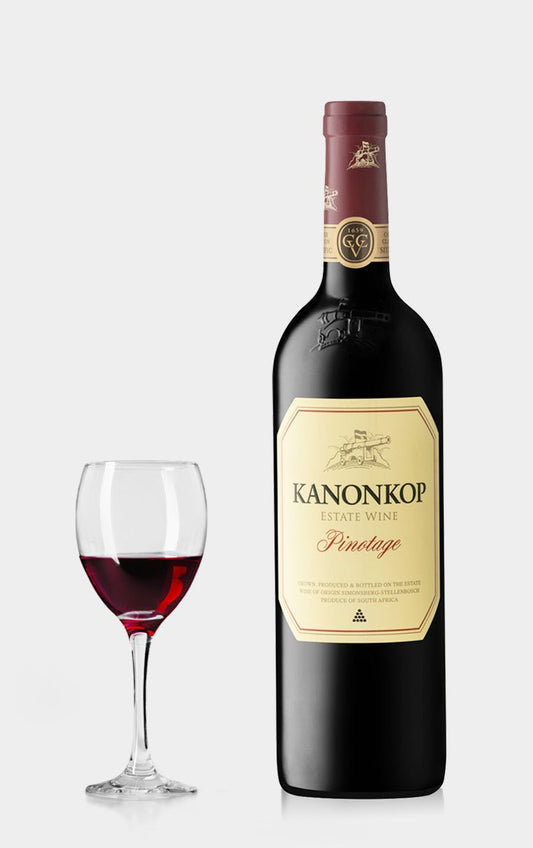 ★ 94 – James Suckling★ 93 – Robert Parker★ 92 – Wine Enthusiast★ 92 – Decanter★ 91 – DH Wines★ 4.1 – Vivino
★ 94 – James Suckling★ 93 – Robert Parker★ 92 – Wine Enthusiast★ 92 – Decanter★ 91 – DH Wines★ 4.1 – VivinoKanonkop Pinotage 2021
Regular price 399,00 DKKRegular priceUnit price / per0,00 DKKSale price 399,00 DKK -
 ★ 92 – DH Wines★ 3.8 – Vivino
★ 92 – DH Wines★ 3.8 – VivinoDavid Finlayson Pinot Noir 2022
-18% rabatRegular price 129,00 DKKRegular priceUnit price / per159,00 DKKSale price 129,00 DKKSale -
 ★ 92 – James Suckling★ 92 – DH Wines★ 3.8 – Vivino
★ 92 – James Suckling★ 92 – DH Wines★ 3.8 – VivinoKanonkop Kadette Cabernet Sauvignon 2022
Regular price 169,00 DKKRegular priceUnit price / per0,00 DKKSale price 169,00 DKK -
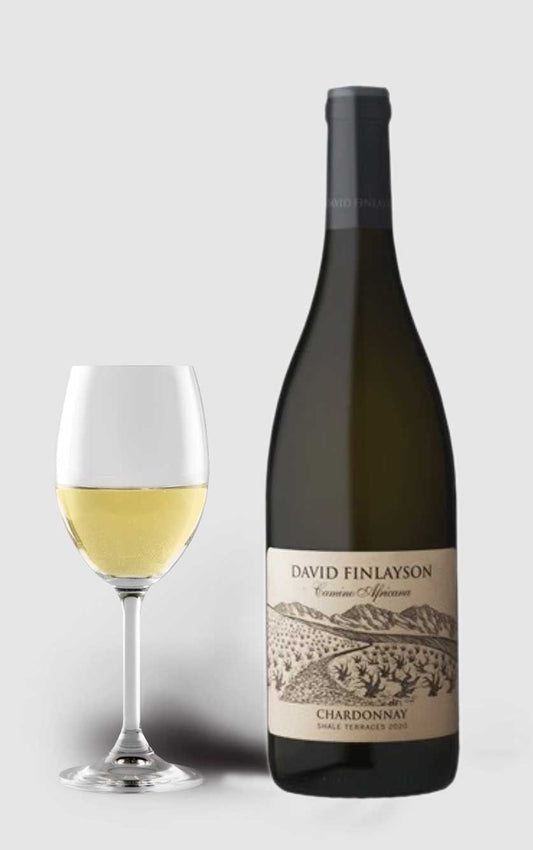 ★ 94 – James Suckling★ 93 – Decanter★ 92 – Robert Parker★ 91 – Wine Enthusiast★ 89 – DH Wines★ 4.2 – Vivino
★ 94 – James Suckling★ 93 – Decanter★ 92 – Robert Parker★ 91 – Wine Enthusiast★ 89 – DH Wines★ 4.2 – VivinoDavid Finlayson Camino Chardonnay 2022
Regular price 249,00 DKKRegular priceUnit price / per0,00 DKKSale price 249,00 DKK -
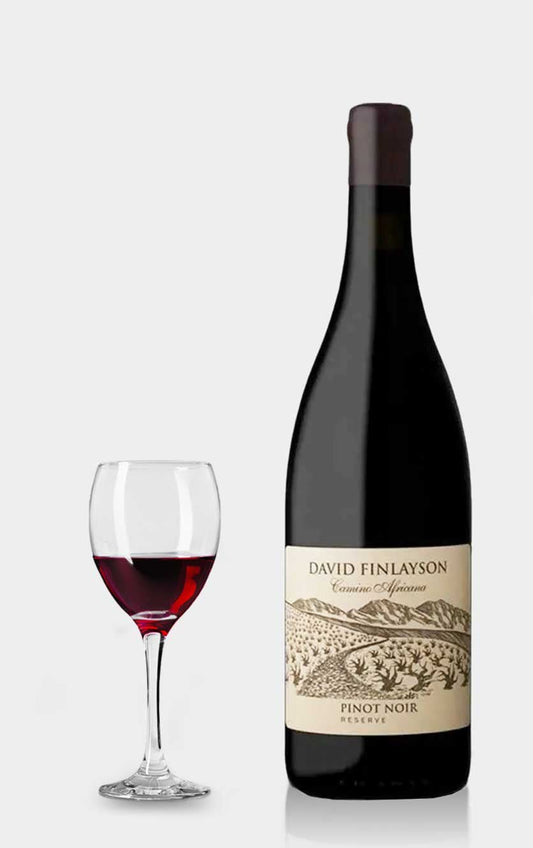 ★ 92 – DH Wines★ 4.3 – Vivino
★ 92 – DH Wines★ 4.3 – VivinoDavid Finlayson PINOT NOIR „CAMINO AFRICANA 2023
Regular price 249,00 DKKRegular priceUnit price / per -
 ★ 89 – DH Wines★ 4.0 – Vivino
★ 89 – DH Wines★ 4.0 – VivinoNeil Ellis West Coast Sauvignon Blanc 2024
-14% rabatRegular price 119,00 DKKRegular priceUnit price / per139,00 DKKSale price 119,00 DKKSale -
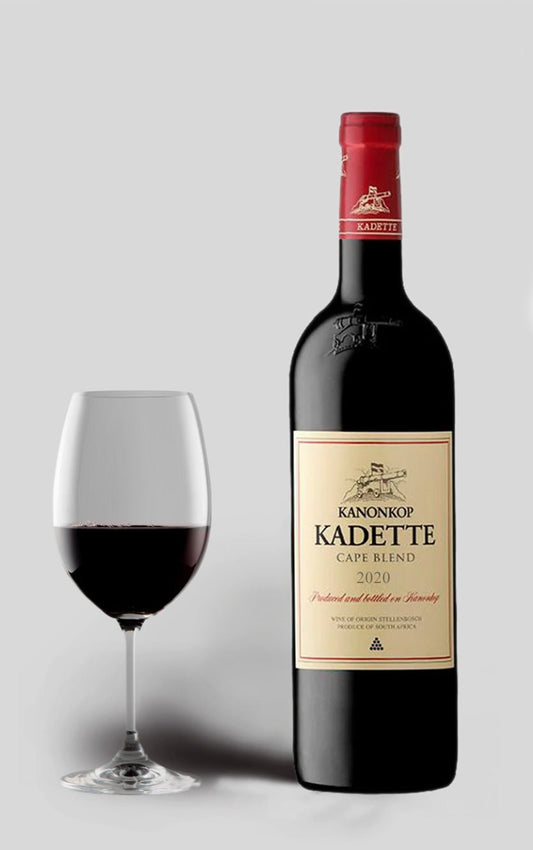 ★ 92 – James Suckling★ 90 – Robert Parker★ 90 – Decanter★ 90 – DH Wines★ 4.1 – Vivino
★ 92 – James Suckling★ 90 – Robert Parker★ 90 – Decanter★ 90 – DH Wines★ 4.1 – VivinoKanonkop Kadette Cape Blend 2021
Regular price 169,00 DKKRegular priceUnit price / per0,00 DKKSale price 169,00 DKK -
 ★ 92 – DH Wines
★ 92 – DH WinesGlenwood Grand Duc Chardonnay 2023
Regular price 399,00 DKKRegular priceUnit price / per -
 ★ 93 – James Suckling★ 92 – Robert Parker★ 91 – DH Wines★ 89 – Wine Enthusiast★ 3.9 – Vivino
★ 93 – James Suckling★ 92 – Robert Parker★ 91 – DH Wines★ 89 – Wine Enthusiast★ 3.9 – VivinoNeil Ellis Pinotage 2018, South Africa
Regular price 239,00 DKKRegular priceUnit price / per0,00 DKKSale price 239,00 DKK -
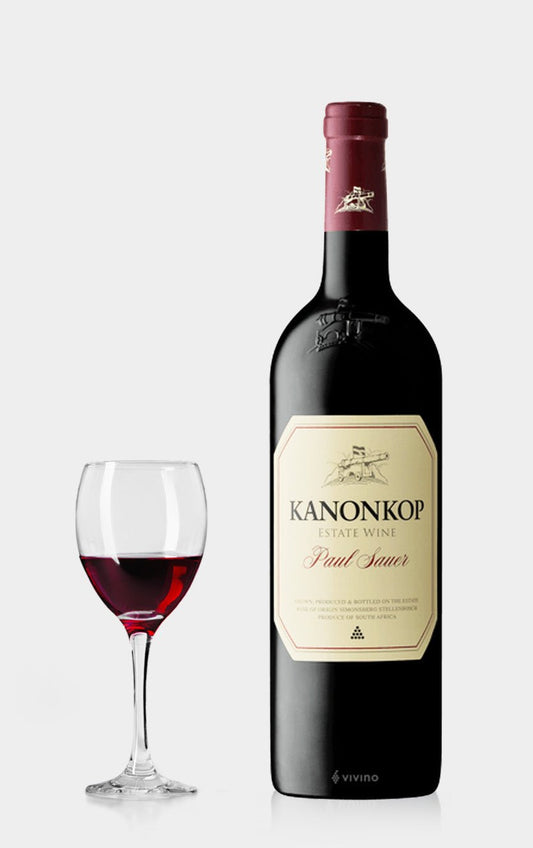 ★ 94 – Decanter★ 94 – DH Wines★ 93 – James Suckling★ 4.3 – Vivino
★ 94 – Decanter★ 94 – DH Wines★ 93 – James Suckling★ 4.3 – VivinoKanonkop Estate Wine, Poul Sauer 2021
Regular price 499,00 DKKRegular priceUnit price / per0,00 DKKSale price 499,00 DKK -
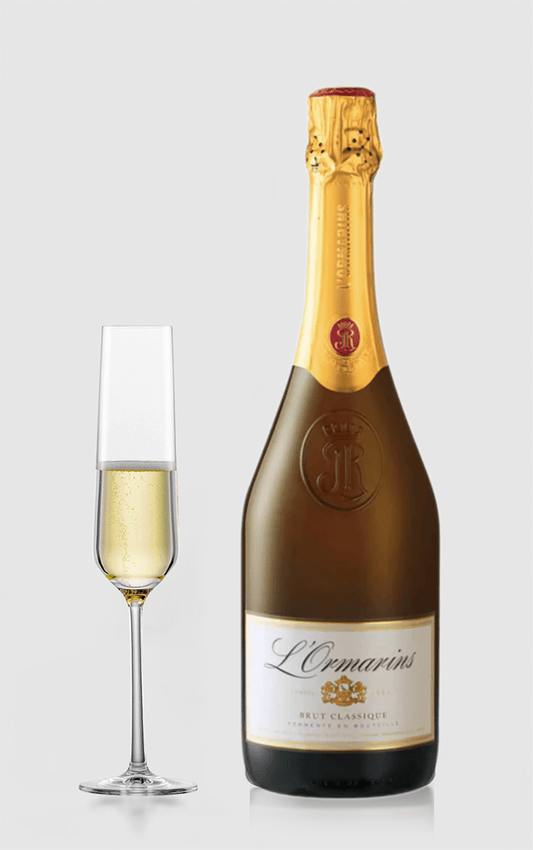 ★ 91 – Wine Enthusiast★ 90 – DH Wines★ 4.2 – Vivino
★ 91 – Wine Enthusiast★ 90 – DH Wines★ 4.2 – VivinoAnthonij Rupert L'ormarin's Brut Classique
Regular price 199,00 DKKRegular priceUnit price / per0,00 DKKSale price 199,00 DKK -
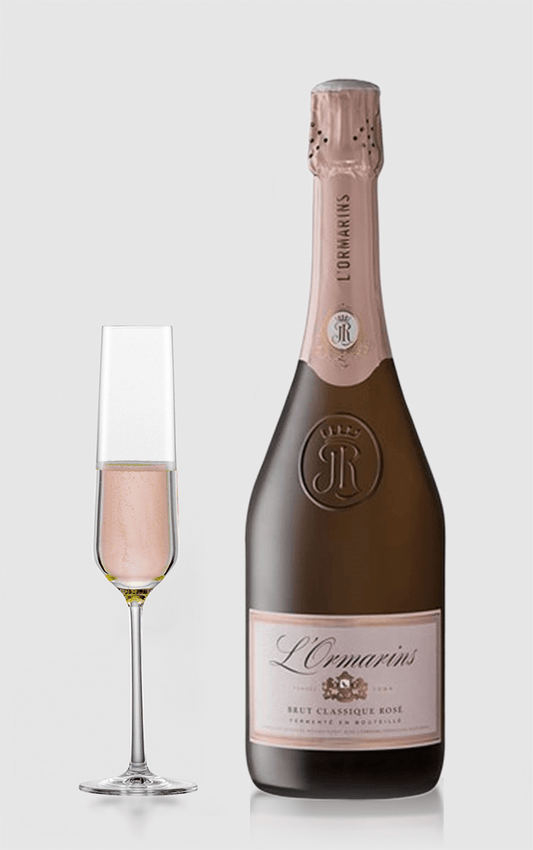 ★ 91 – Wine Enthusiast★ 90 – DH Wines★ 4.2 – Vivino
★ 91 – Wine Enthusiast★ 90 – DH Wines★ 4.2 – VivinoAnthonij Rupert L'ormarin's Brut Rosé
Regular price 199,00 DKKRegular priceUnit price / per0,00 DKKSale price 199,00 DKKSold out -
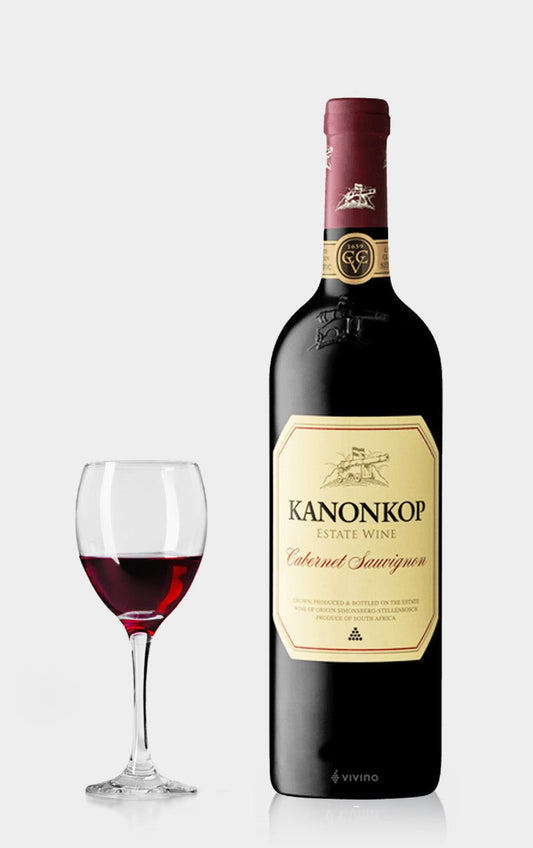 ★ 93 – James Suckling★ 93 – Decanter★ 93 – DH Wines★ 92 – Wine Enthusiast★ 92 – Robert Parker★ 4.2 – Vivino
★ 93 – James Suckling★ 93 – Decanter★ 93 – DH Wines★ 92 – Wine Enthusiast★ 92 – Robert Parker★ 4.2 – VivinoKanonkop Estate, Cabernet Sauvignon 2018
Regular price 399,00 DKKRegular priceUnit price / per0,00 DKKSale price 399,00 DKK -
 ★ 94 – DH Wines★ 4.2 – VivinoSold out
★ 94 – DH Wines★ 4.2 – VivinoSold outAnthonij Rupert Optima 2021
Regular price 249,00 DKKRegular priceUnit price / per -
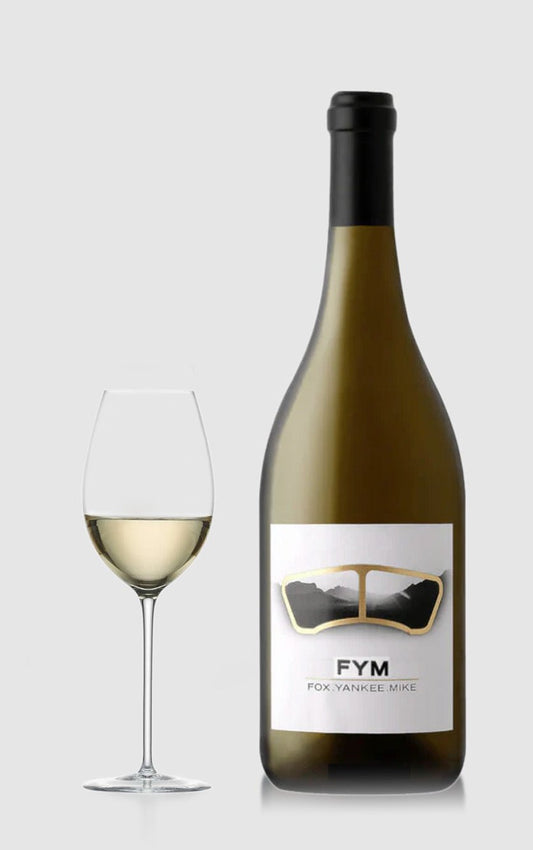 ★ 94 – DH WinesSold out
★ 94 – DH WinesSold outMoreson FYM 2020
Regular price 249,00 DKKRegular priceUnit price / per299,00 DKKSale price 249,00 DKKSold out -
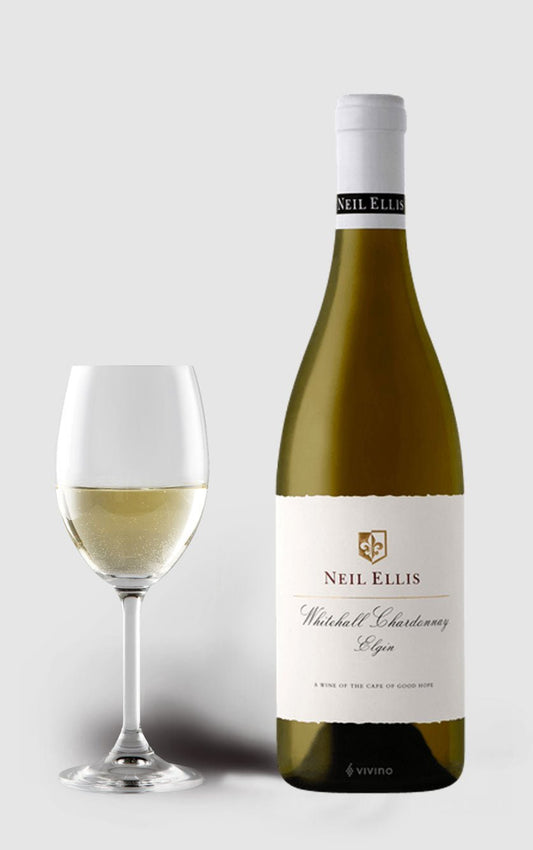 ★ 91 – DH Wines
★ 91 – DH WinesNeil Ellis Whitehall Elgin Chardonnay 2022
-20% rabatRegular price 199,00 DKKRegular priceUnit price / per249,00 DKKSale price 199,00 DKKSale -
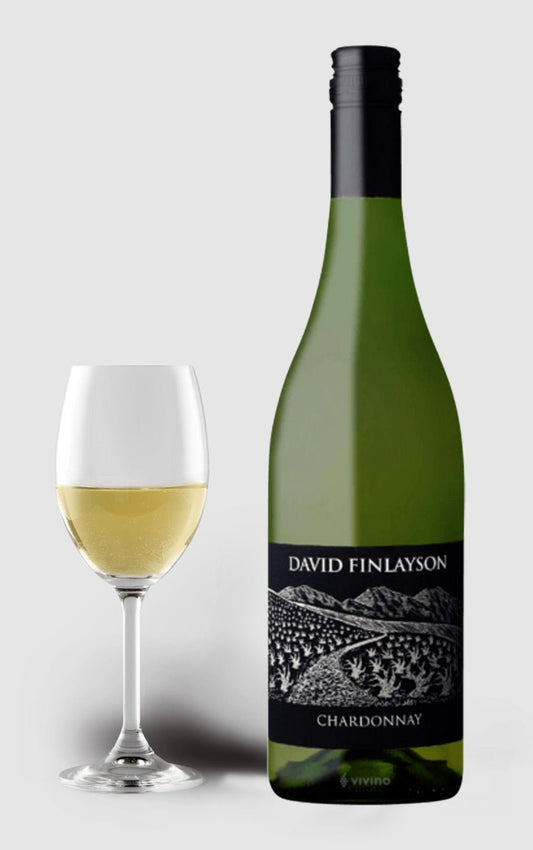 ★ 93 – James Suckling★ 92 – DH Wines★ 3.9 – Vivino
★ 93 – James Suckling★ 92 – DH Wines★ 3.9 – VivinoDavid Finlayson Chardonnay 2024
Regular price 139,00 DKKRegular priceUnit price / per
The grapes that define South African wine
🍇 Chenin Blanc – the pride of South Africa
Chenin Blanc is the most widely grown grape in South Africa and the country's signature. It produces both fresh, crisp wines and rich, barrel-aged varieties. Expect notes of apple, melon, honey and baked pear. A versatile wine that pairs perfectly with seafood, chicken in cream sauce and Asian dishes .
🍇 Pinotage – Unique and iconic
Pinotage is a true South African original – a cross between Pinot Noir and Cinsault. The grape produces dark, fruity wines with notes of cherry, coffee and chocolate. Modern versions are elegant and versatile. Enjoy it with grilled meat, pulled pork or leg of lamb .
🍇 Cabernet Sauvignon & Bordeaux blends
South Africa excels in classic Bordeaux grapes such as Cabernet Sauvignon, Merlot and Petit Verdot. These wines have depth, tannin and structure with flavour notes of blackcurrant, dark chocolate and cedar. Ideal with steak, game and hard cheeses .
🍇 Chardonnay
South African Chardonnay ranges from mineral and citrusy to buttery, barrel-aged. Try Chardonnay from Elgin or Hemel-en-Aarde with grilled fish, scallops or creamy pasta dishes .
🍇 Sauvignon Blanc
With its crisp acidity and aromatic profile, South African Sauvignon Blanc offers flavors of passion fruit, lime and green herbs. Perfect as an aperitif or with ceviche, goat cheese and salads .
🍇 Pinot Noir
The best South African Pinot Noir wines come from cool regions like Walker Bay and Hemel-en-Aarde . They are elegant, silky and complex – excellent with chicken, mushrooms and lighter dishes .
The most important wine regions in South Africa
- Stellenbosch – Known for structured red wines and prestigious producers.
- Paarl – Warm wines with ripe fruit and value-for-money.
- Hemel-en-Aarde – Cool climate, perfect conditions for Pinot Noir and Chardonnay.
- Elgin – Focus on fresh white wine with high acidity and balance.
- Swartland – Innovative producers, often organic and natural production.
Which South African wine should you choose?
Chenin Blanc: A fresh and full-bodied white wine with notes of apple, melon and honey. Perfect with fish, shellfish and creamy chicken.
Pinotage: A unique South African red wine with fruity and spicy nuances like cherry and coffee. Goes great with barbecue, pulled pork and leg of lamb.
Cabernet Sauvignon & Bordeaux blends: Powerful and elegant red wines with depth and structure. Ideal with steak, game and aged cheeses.
Chardonnay: Available as mineral and fresh or barrel-aged and creamy. Pairs well with grilled fish, pasta and seafood.
Sauvignon Blanc: A crisp and aromatic wine with notes of citrus and herbs. Ideal as an aperitif or with salads and goat cheese.
Pinot Noir: Elegant and juicy with fine tannins and flavors of cherry and forest floor. Suitable for chicken, mushrooms and light Asian dishes.
Taste the difference – order South African wine today
South African wine combines tradition and innovation in the finest way. From mineral-rich white wines to complex, age-worthy red wines – South Africa has something for every wine lover. At DH Wines you get access to one of Denmark's largest selections with fast delivery and 5-star customer service.
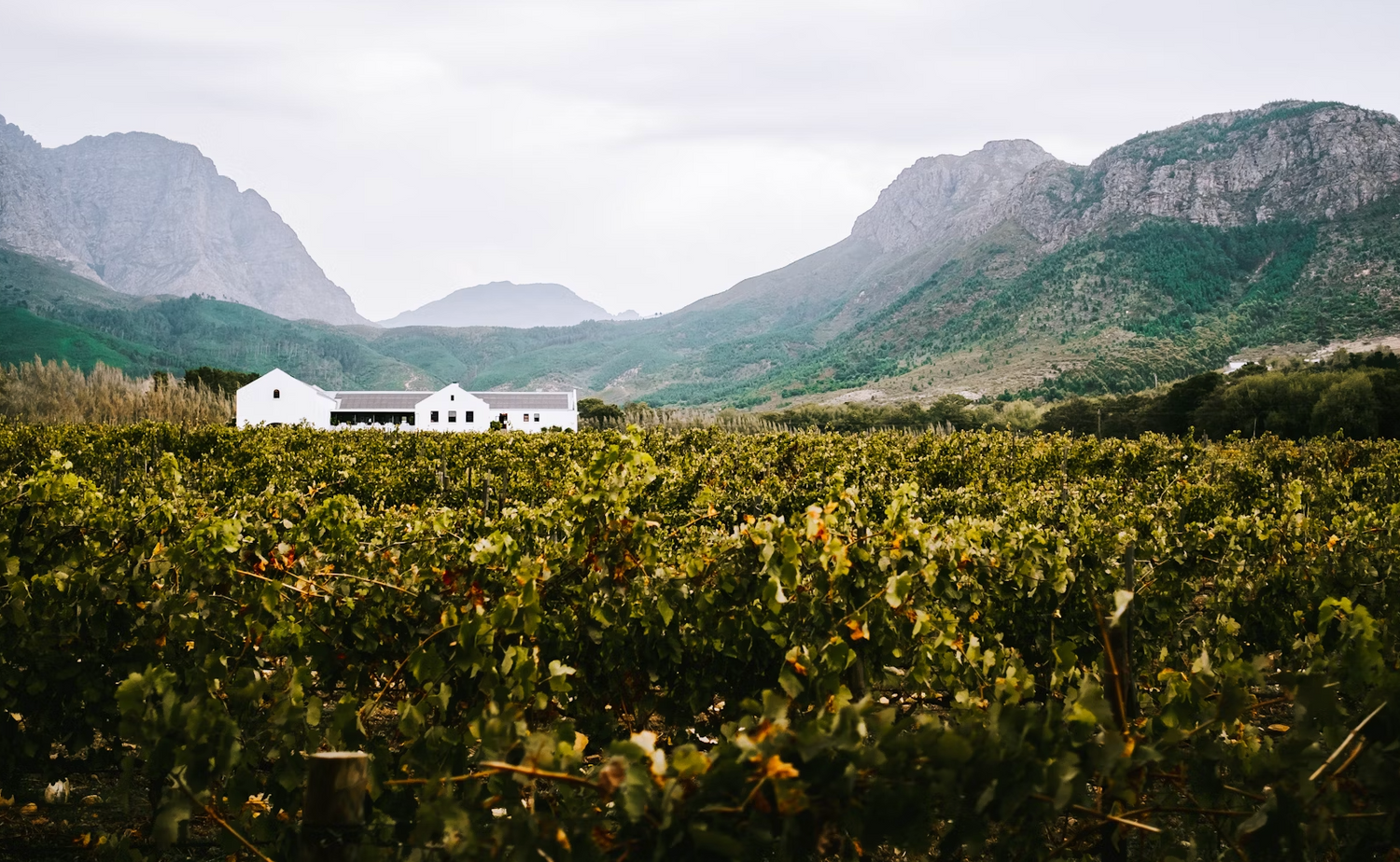
The story
How the wine came to Kaplandet
It all began in 1652, when the Dutch East India Company established a supply station at the Cape of Good Hope. The purpose was really just to supply trading ships with fresh food and wine on their way to India – but it was the beginning of a whole new world of wine.
The first governor, Jan van Riebeeck , planted vines in 1655, and on February 2, 1659, he could proudly write in his diary: “Praise be to God, today wine was made for the first time from Cape grapes.” However, the early attempts were marked by a lack of experience, and the quality was slow to materialize.
That changed when Simon van der Stel took over in 1679. He brought both knowledge and passion to the area and established the legendary Constantia estate, where he produced wines that quickly gained fame for their sweetness and finesse. Constantia was later taken over by the Cloete family, whose wines found their way to the royal courts of Europe – and even Napoleon had a fondness for them.
The story of wine's arrival in South Africa is a tale of pioneering spirit, patience and curiosity. From the first early attempts in Cape Town to the iconic Constantia wines, the foundation was laid for what is today one of the world's most renowned wine countries.
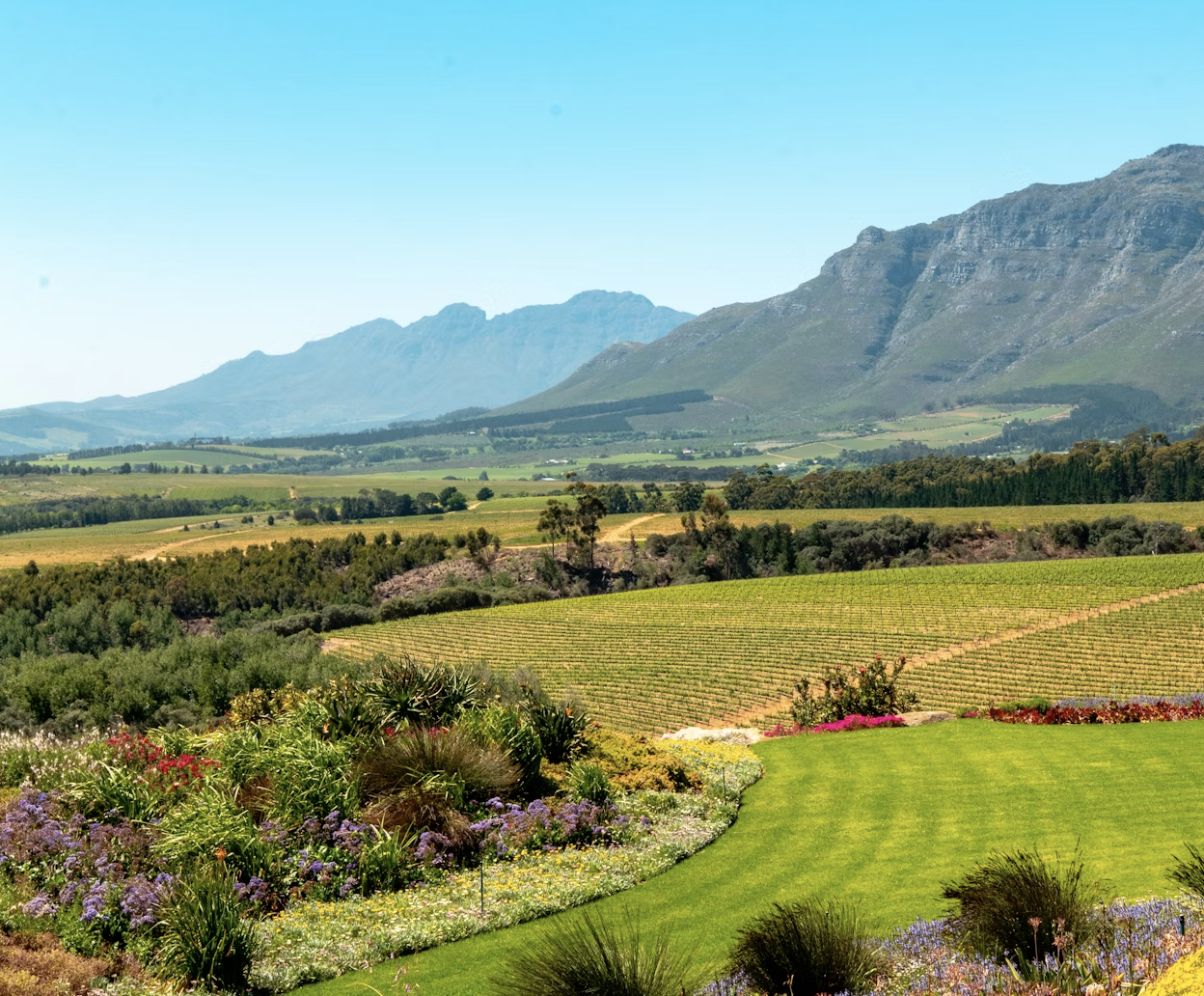
France & South Africa
Franschhoek – where France met Africa
When the first Dutch settlers arrived at the Cape of Good Hope, they had virtually no experience with winemaking. It was not until the French Huguenots arrived between 1680 and 1690 that the South African wine industry really took shape. As religious refugees, they brought a deep knowledge of grape growing and winemaking – and although they had to work in harsh conditions, they quickly adapted their methods to the new climate and African soil.
They settled mainly in the area we know today as Franschhoek – “the French Corner”. Here they planted vineyards, built cellars and brought the traditions of the Rhône and Bordeaux to the Cape. The Huguenots’ dedication and craftsmanship became the foundation of South Africa’s wine tradition, and their influence is still felt today – both in the wines and in the area’s culture, names and gastronomy.
The 18th century, however, was a difficult time for the wine industry. Exports to Europe were sluggish, quality was lagging, and a shortage of oak barrels made aging difficult. Many wines were shipped in containers that had previously held completely different goods – with varying results. Yet the pioneers continued to refine their craft, experiment with grape varieties, and learn from the nature around them. This was the beginning of the knowledge that today makes South Africa a world-class wine country.

19th century
The 19th century: A golden age – and a precipitous decline
In the early 19th century, the South African wine industry flourished as never before. The British occupation of the Cape Colony and England’s war with France created an enormous demand for wine from the south. In a few years, production increased from half a million to over four million liters, and vineyards sprouted everywhere – from Cape Town and Stellenbosch to the more remote areas to the north and east.
For a while, optimism was high. Winegrowers prospered, and Cape wines found their way to British dinner tables and trade routes around the world. But the adventure was short-lived. In 1861, England made peace with France, and French wines returned to the market. Demand for South African wine plummeted, exports collapsed, and many producers were left with cellars full of unsold wine.
The period that began in euphoria ended in crisis. But the very adversity became an important lesson: South Africa's wine producers had to find their own identity – not just compete with Europe, but create wines with their own distinctive character and terroir.
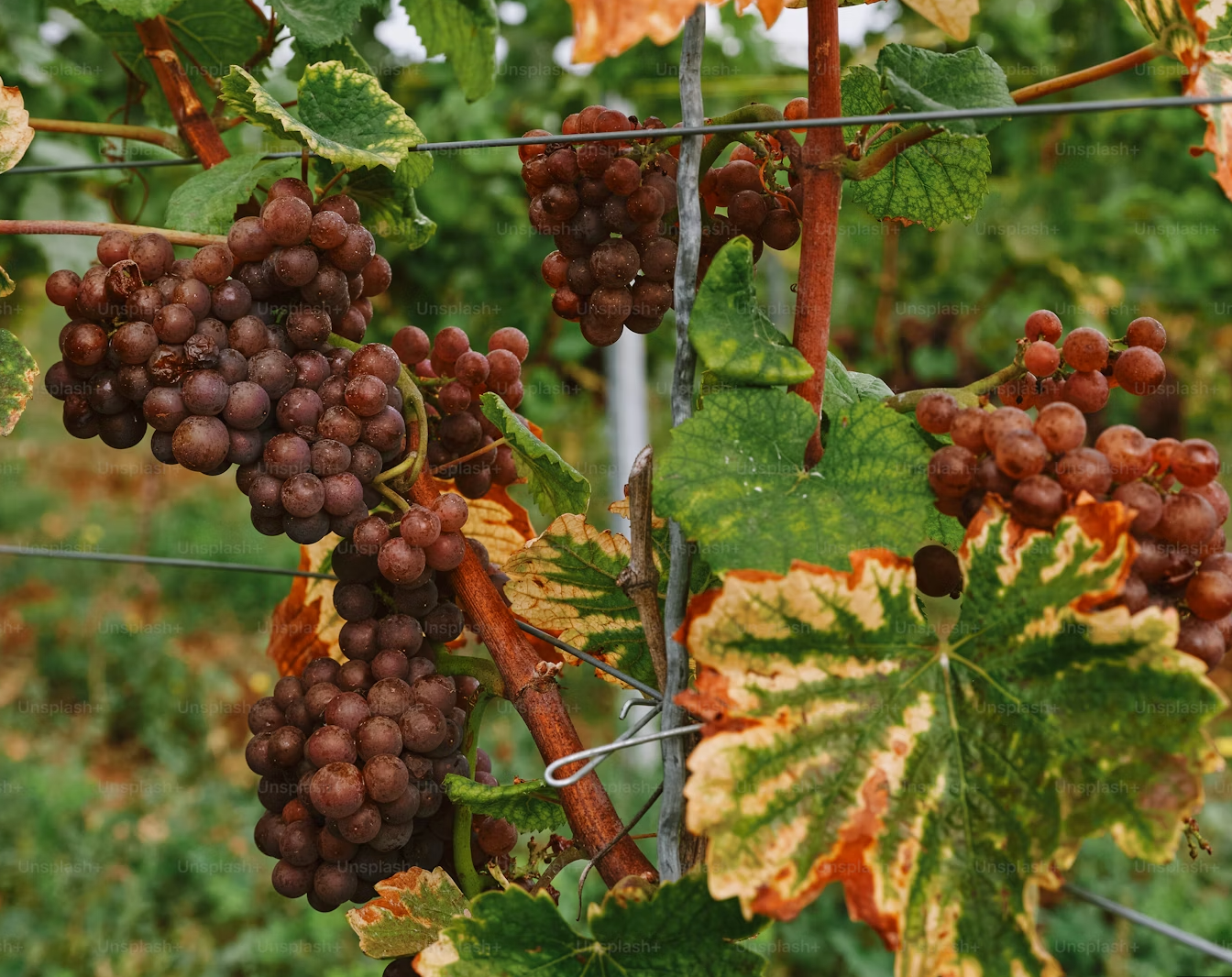
When the wine lice changed everything
Towards the end of the 19th century, South Africa’s wine industry was hit by a disaster that nearly wiped it out. The dreaded phylloxera – a small insect that attacks the roots of vines – spread rapidly through the country’s lush vineyards. Within a few years, thousands of hectares were destroyed, and many winegrowers lost their livelihoods.
The ravages of the wine lice threw the industry into chaos. Production plummeted, quality declined, and the economy of the wine regions collapsed. Producers struggled to replant and rebuild, but challenges loomed: unstable prices, lack of standards, and no common strategy.
It was during this time of crisis that the idea of a common wine landscape took shape. In 1918, the Koöperatieve Wijnbouwers Vereniging van Zuid-Afrika (KWV) was founded – a cooperative that would bring together winegrowers, regulate the market and improve quality. The KWV introduced guidelines for production, pricing and export and quickly became the focal point for the entire industry.
The establishment of KWV marked the beginning of a new era. It was no longer each winegrower on his own, but a united industry, strengthened through collaboration, innovation and common standards. KWV became the symbol of reconstruction, professionalization and the structural strength that still characterizes South African wine today.
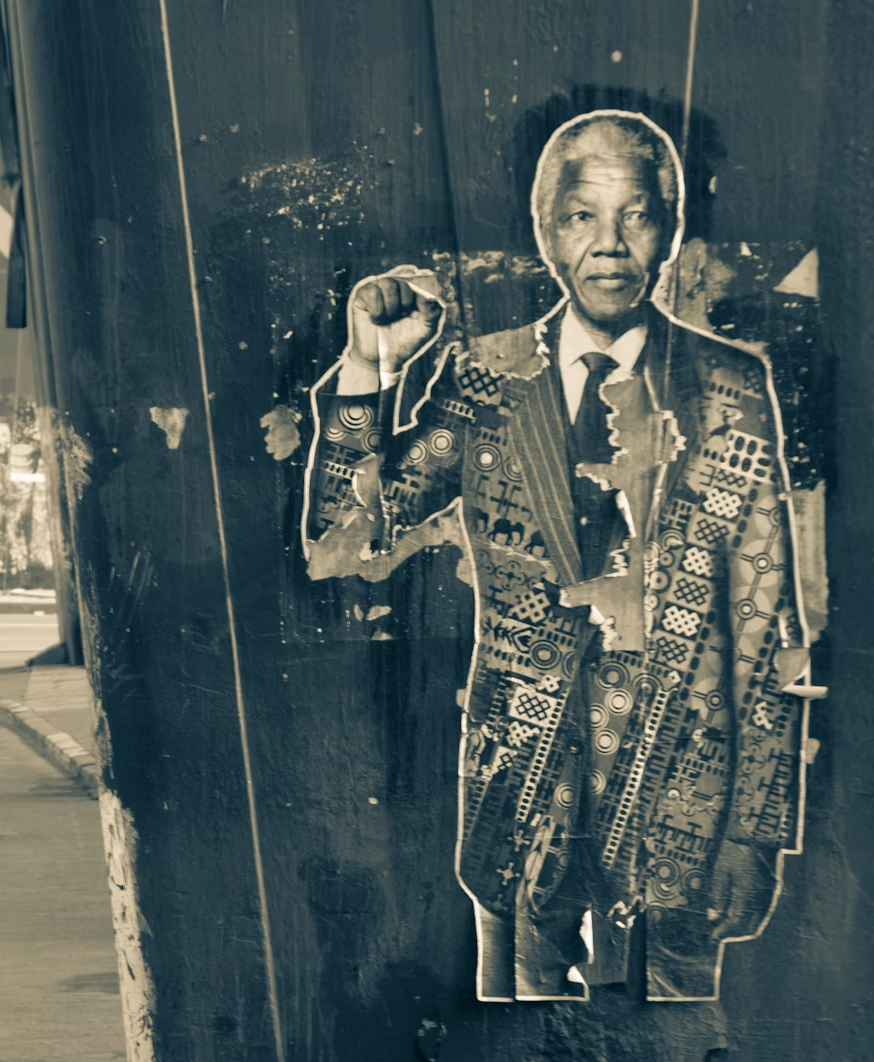
Wine under apartheid – decades in the shadows
From 1948 until the early 1990s, South Africa was ruled by apartheid – a system built on racial segregation and inequality. The policies permeated every aspect of society: who you could marry, where you could live, and what kind of work you could do. For the wine industry, this had dramatic consequences, both socially and economically.
Internationally, South Africa was shamed. The country was met with boycotts and sanctions, and many markets refused to import South African wine. This meant that producers lost access to the world's most important wine regions, and innovation came to a standstill.
Domestically, the inequality was even more pronounced. Most wineries were owned by whites, while non-whites did the hard work in the fields – often under poor conditions and without opportunities for education or ownership. Access to quality land and capital was reserved for a few, creating an imbalance that is still felt today.
After all, the foundations for later change were laid during this time. A new generation of winemakers began to dream of a fairer and more open wine country – and when the apartheid regime finally fell, the doors were ready to be opened to a new, inclusive era in South African winemaking.

From isolation to international recognition
When apartheid fell and democracy was introduced in 1994, a new chapter in South Africa's wine history began. In just a few decades, the country has undergone a transformation that has transformed the industry from closed and isolated to open, dynamic and internationally recognized.
Where the wine industry was once marked by inequality and stagnation, it is now a symbol of innovation, collaboration and cultural diversity. A new generation of winemakers – many with roots in communities that were previously excluded – have created a more inclusive and modern wine country where quality, sustainability and authenticity go hand in hand.
New owners and new voices
After apartheid, land reforms were implemented, giving black wine producers access to land and capital. This has led to more diverse ownership and new perspectives on both wine production and management. Wine is no longer just a tradition – it has become a tool for social change and community.
Technology and research
South Africa’s wine sector has invested heavily in modern technology and research. From precision farming and satellite measurements to natural fermentation and low-intervention vinification, the result is wines that express their terroir more honestly than ever before – from cool coastal zones to warm, rocky inland slopes.
Wine and tourism – an experience in itself
The country's wine regions, especially Stellenbosch, Franschhoek and Hemel-en-Aarde, are today among the world's most visited wine regions. Here, wine, gastronomy and nature come together in experiences where guests can taste, stay and learn in the middle of the vineyards.
Sustainability and community
The modern South African wine industry is committed to sustainability – both environmentally and socially. Many wineries are Fairtrade certified, use solar energy and recycle water. At the same time, investments are made in education and local projects that strengthen the communities that support the wine industry.
Global recognition
Today, South African wine is a fixture on the world’s wine list. The country is winning awards at international competitions, exports are growing, and winemakers from all over the world are collaborating with local producers. From elegant Chenin Blancs to complex blends and cool Pinot Noirs, the wines show that South Africa both respects tradition and dares to break new ground.
The “new” South Africa is proof that wine can be more than a product – it can be a symbol of reconciliation, innovation and pride.
